Maths
Quantitative Aptitude is an important and common section in all competitive and government recruitment examinations such as UPSC, SSC, Here we will cover the various topics regarding Quantitative Aptitude. These concepts if mastered help you to crack many examinations like SSC, Bank PO, Clerk, Constable etc. At ABHYASONLINE.IN you can master the concepts at your own learning pace. It provides conceptual testing with analytical reports identifying the weak, moderate and strong concepts. We, at ABHYASONLINE.IN believe that, if the weak concepts are timely identified and improved, then every student can achieve their goals in life. Follow the links below to understand and master each and every concept of various topics in Quantitative Aptitude along with video lectures.
Explore Chapters
Considering previous year question paper there is a rare chance that direct Question will be asked but these concepts are required for solving other questions. Abhyas Self learning provides a tool to master these concepts
Considering previous year question paper there is a rare chance that direct Question will be asked but these concepts are required for solving other questions. Abhyas Self learning provides a tool to master these concepts
Explore Concepts (Click & View)
- Algebraic Identity - Square of Sum of Binomial
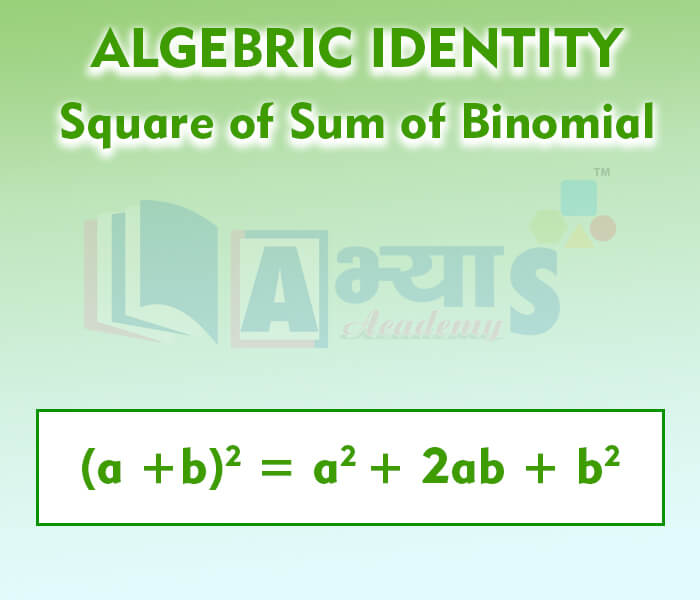
- Algebraic Identity - Square of difference of Binomial
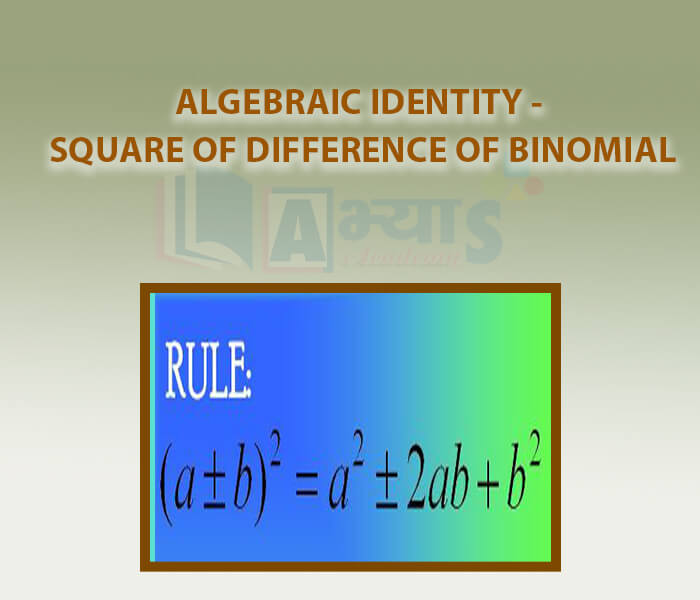
- Algebraic Identity - Dfference of Square
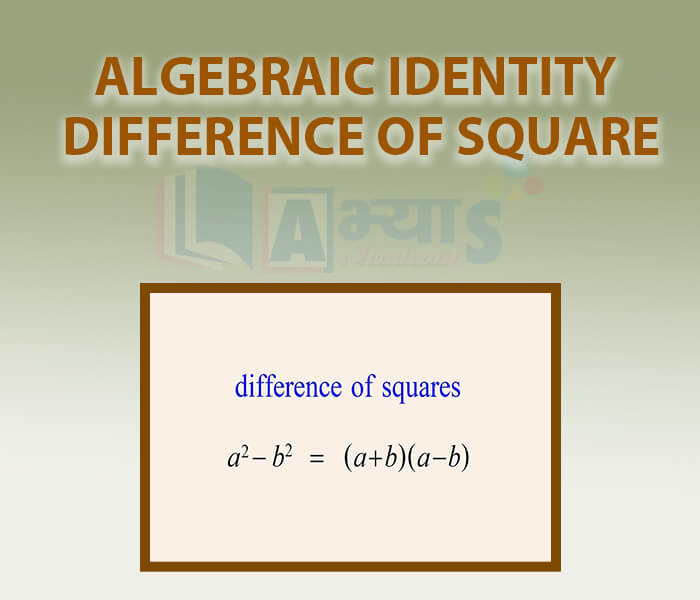
- Algebraic Identity -3

- Algebraic Identity - Square of Trinomial

- Algebraic Identity - Difference of Cubes
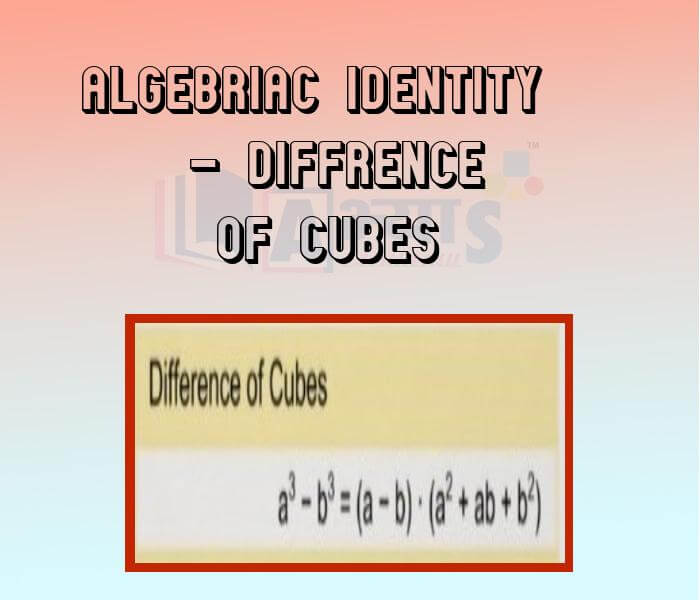
- Algebraic Identity - Sum of Cubes
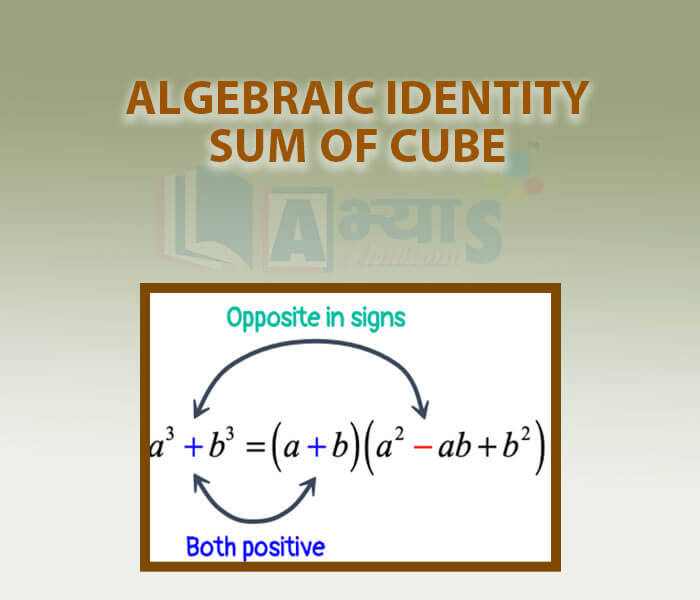
- Algebraic Identity -Cube of Sum of Binomial
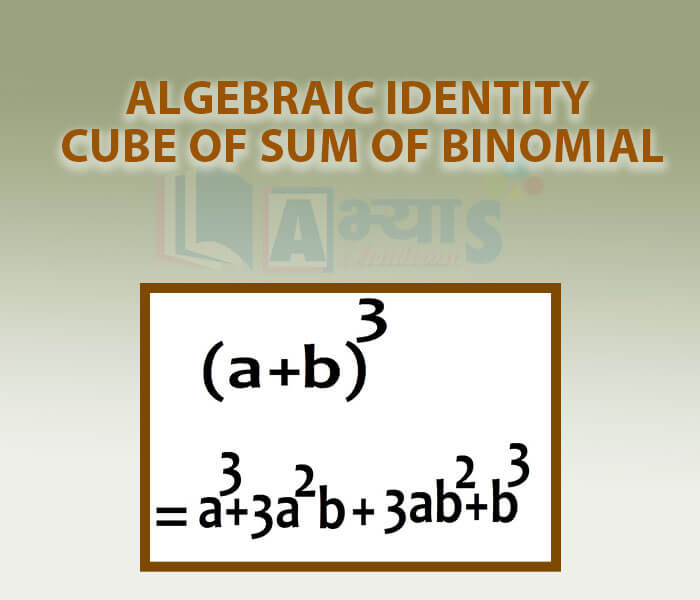
- Algebraic Identity -Cube of Difference of Binomial
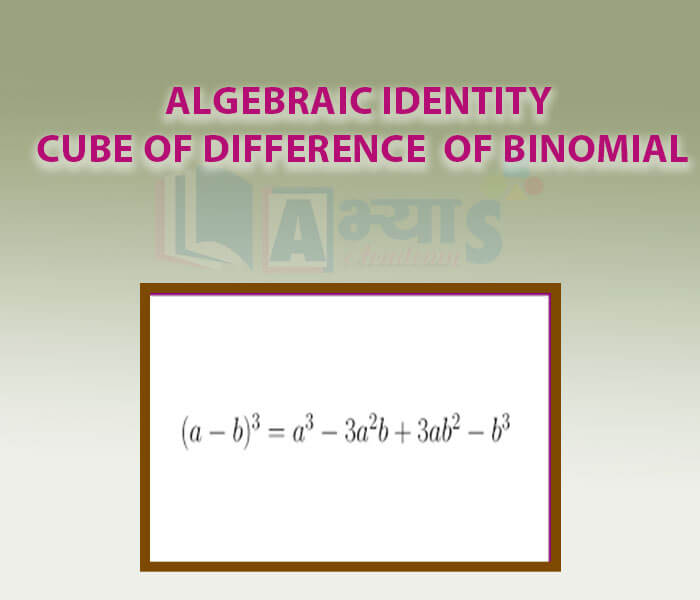
- Algebraic Identity- Conditional
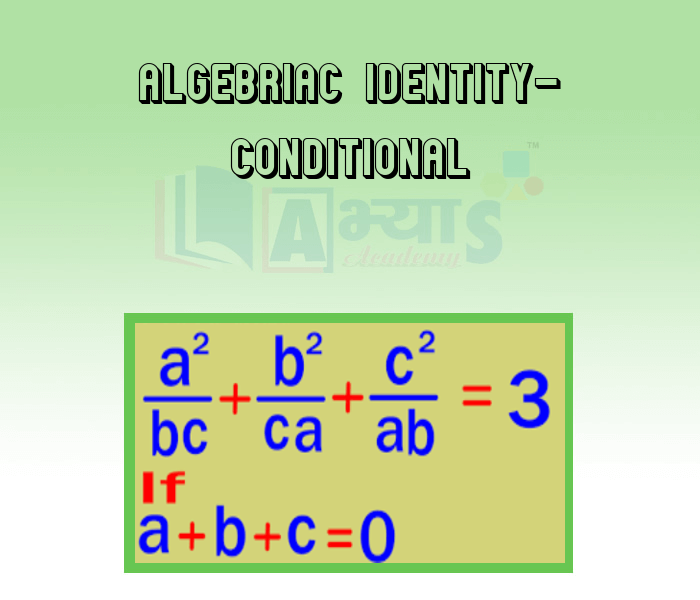
- Factorisation Using Square Identities
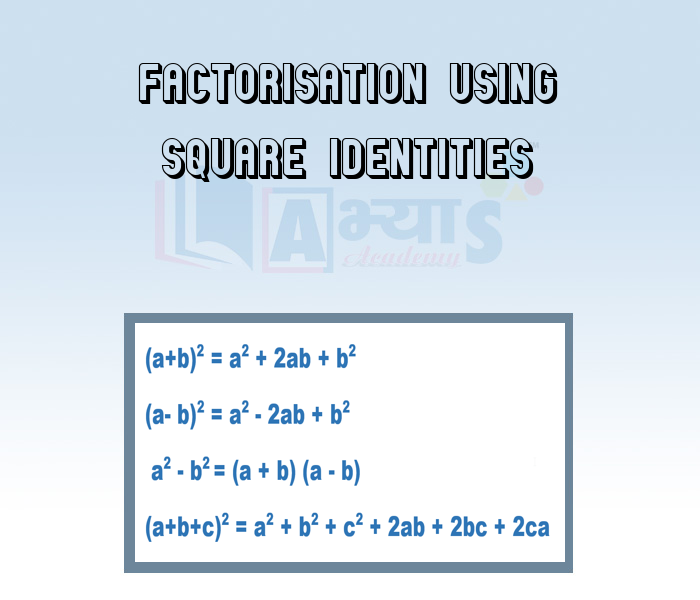
- Factorisation Using Cubic Identities

Explore Concepts (Click & View)
- Identifying Quadratic Equations

- Factors of Quadratic Equation

- Factorization by Middle Term Splitting

- Factorization by Grouping of Terms

- Factorization by Completing the Square
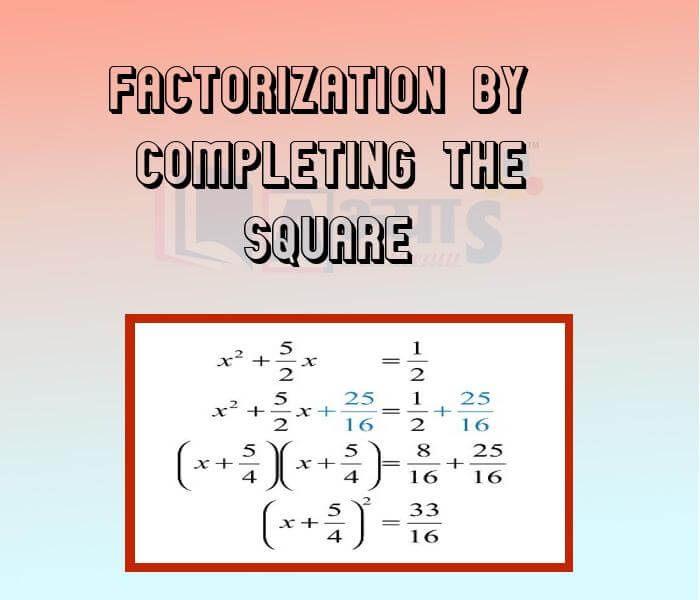
- Quadratic Formula
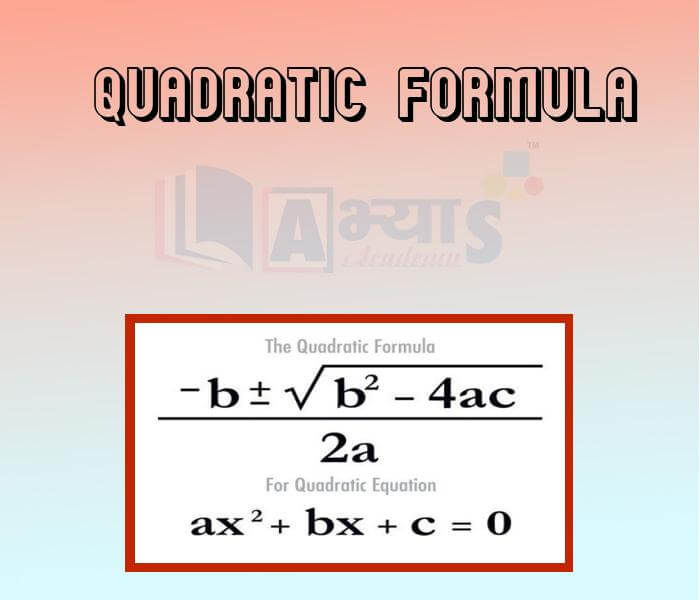
- Nature of Roots of Quadratic Polynomial

- Equations Reducible to Quadratic Form

- Statement sum Involing Quadratic Equations

- Solving Statements Involving Age
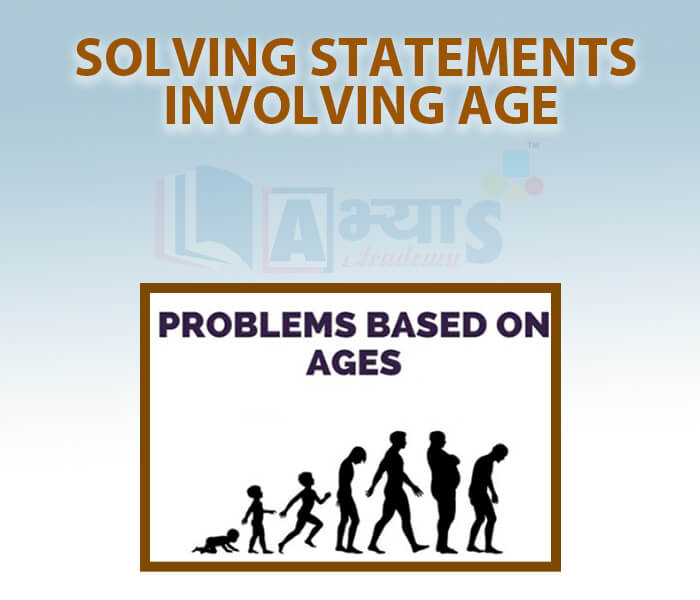
- Statement sums involving Coins
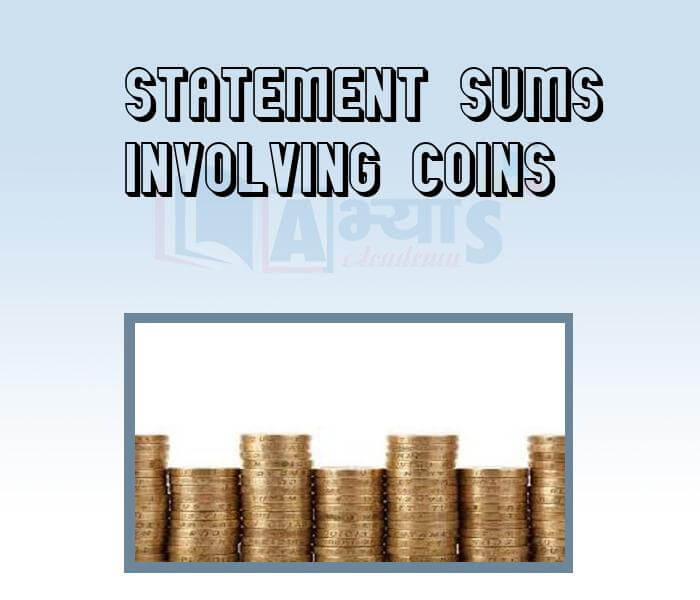
- Solving Statements For A Two Digit Number
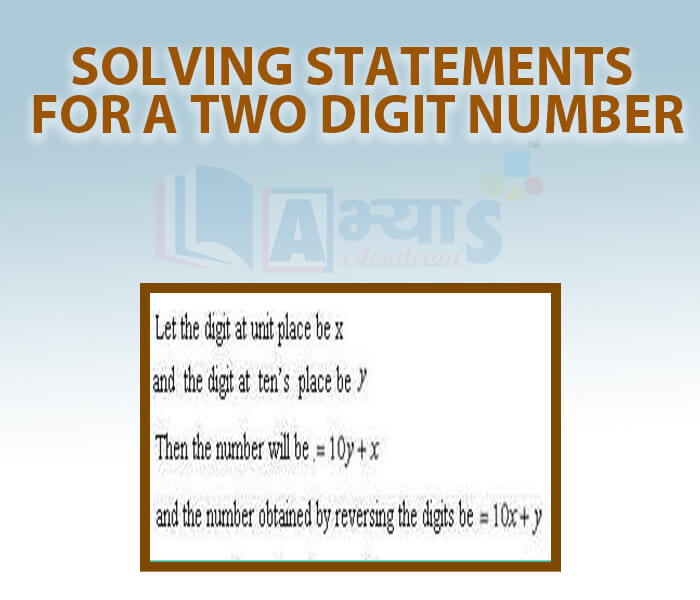
Explore Concepts (Click & View)
- Angle Sum Property of a Triangle
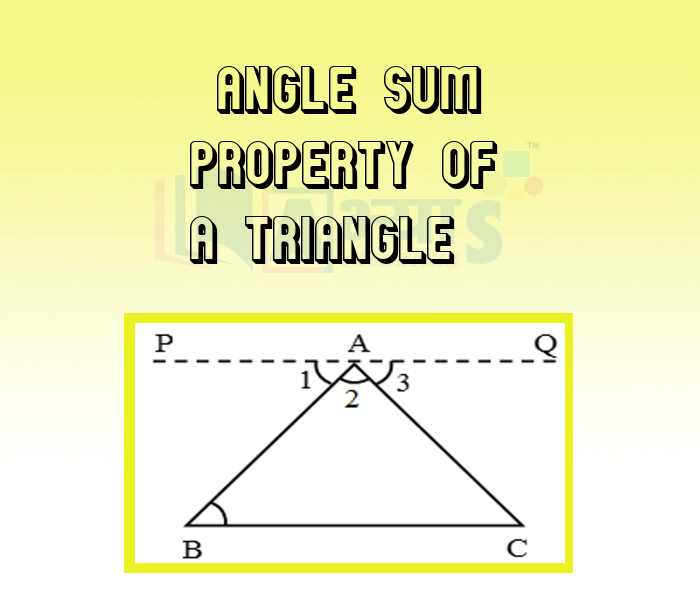
- Exterior Angle Property

Explore Concepts (Click & View)
- Surface Area of a Cube
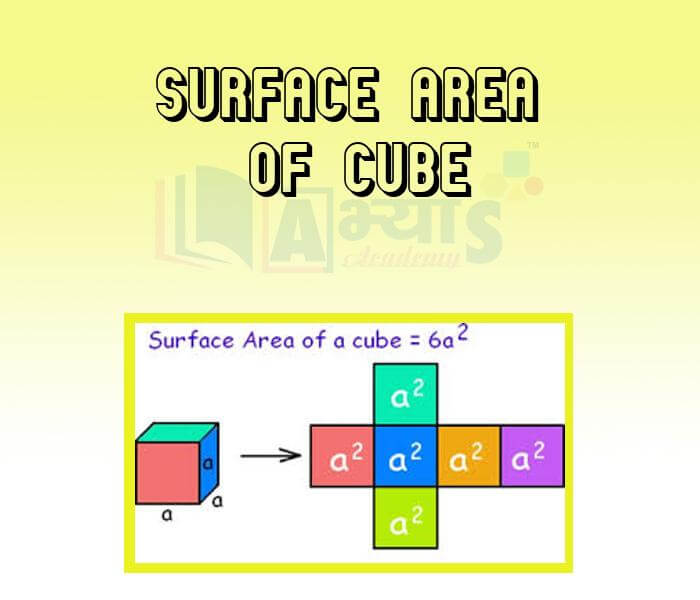
- Lateral Surface Area of a Cube
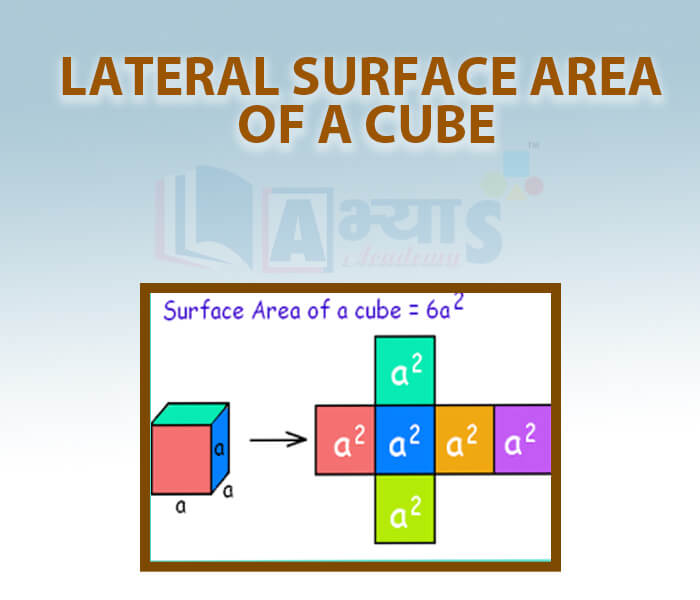
- Total surface area of a cuboid

- Lateral Surface Area of a Cuboid
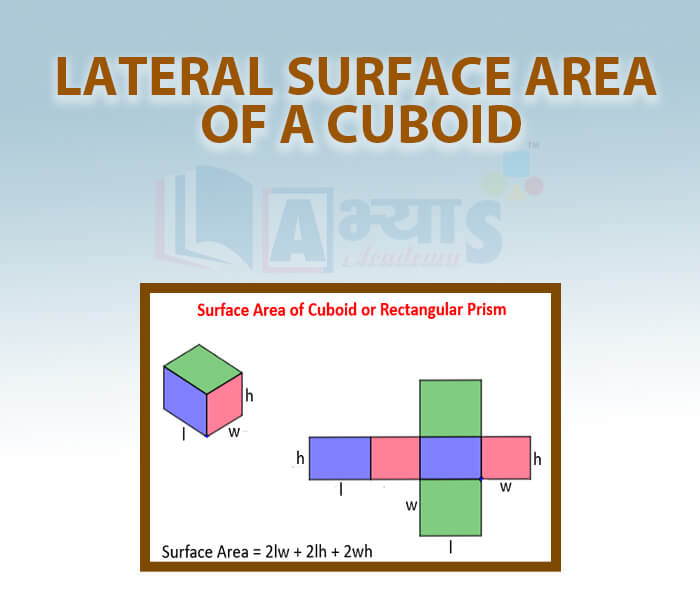
- Total Surface Area of Cone
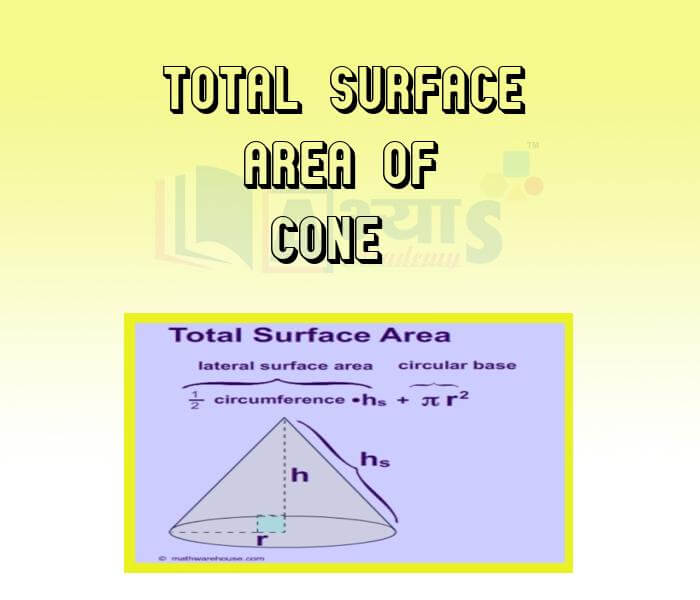
- Lateral Surface Area of Cone

- Total Surface Area of Cylinder

- Lateral Surface Area of a Cylinder
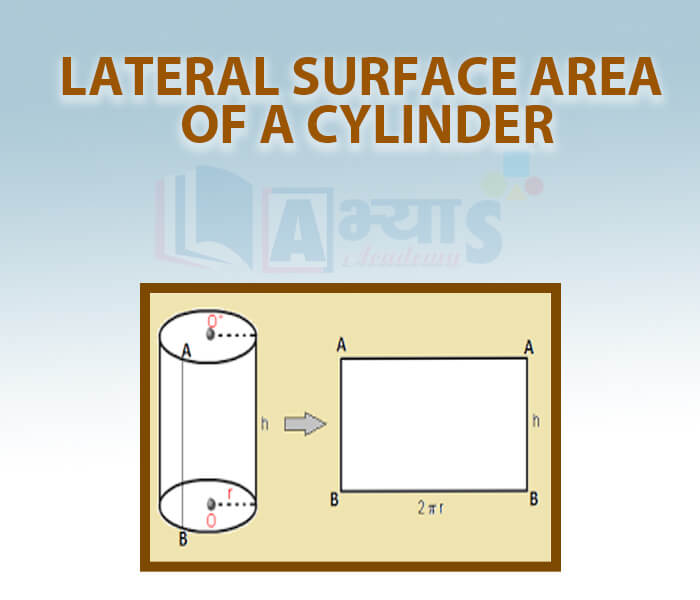
- Surface Area of Sphere

- Total Surface Area of Hemisphere
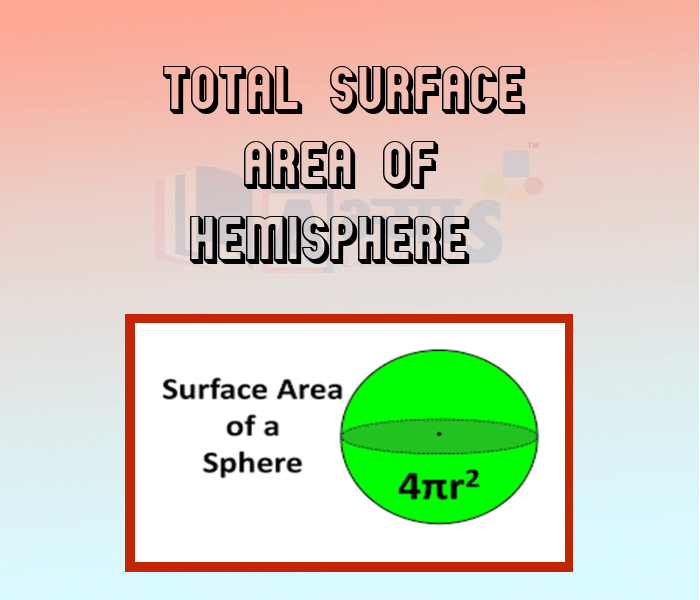
- Lateral Surface Area of Hemisphere
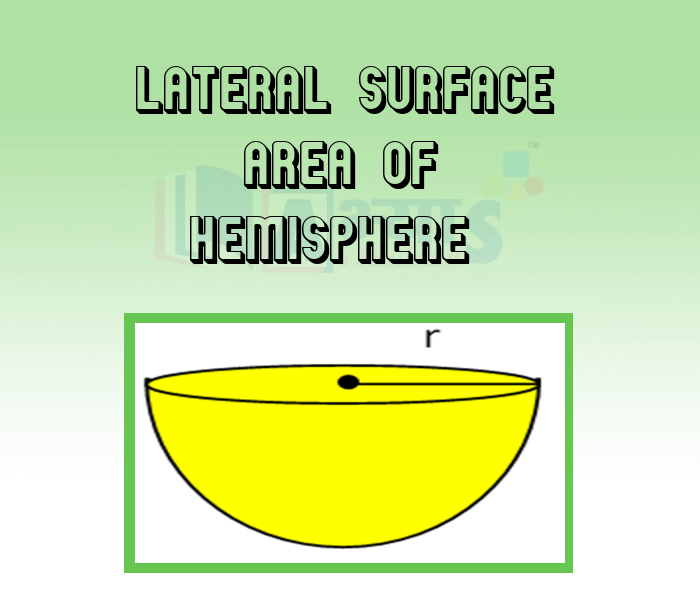
- Volume of a cube
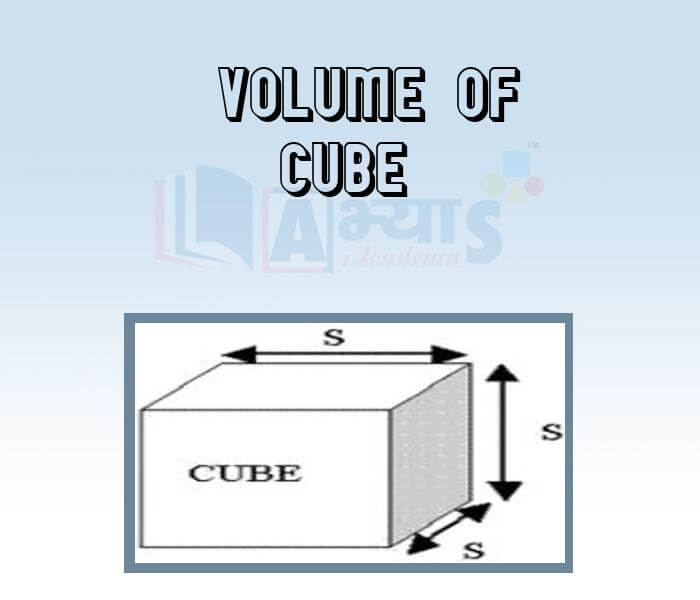
- Volume of a cuboid
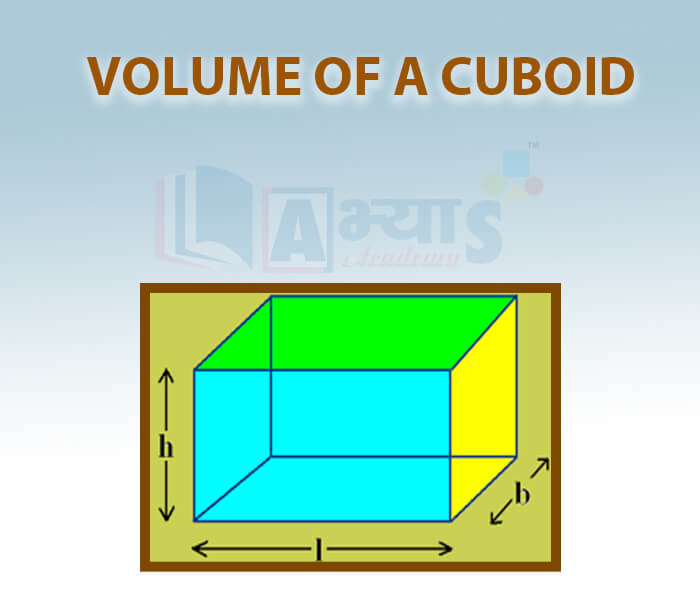
- Volume of cylinder
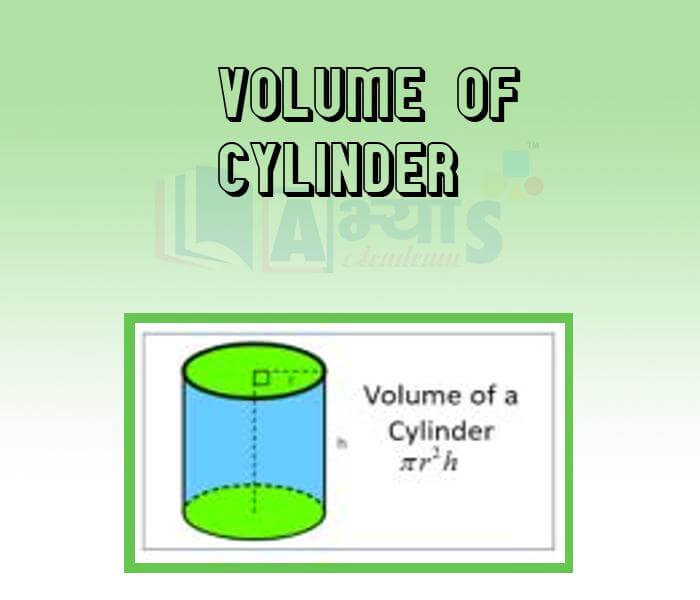
- Volume of Cone

- Volume of Sphere
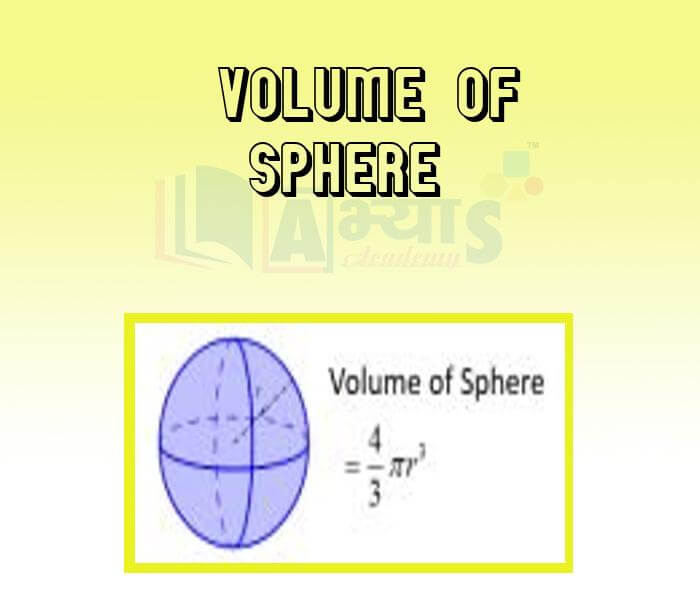
- Volume of Hemisphere
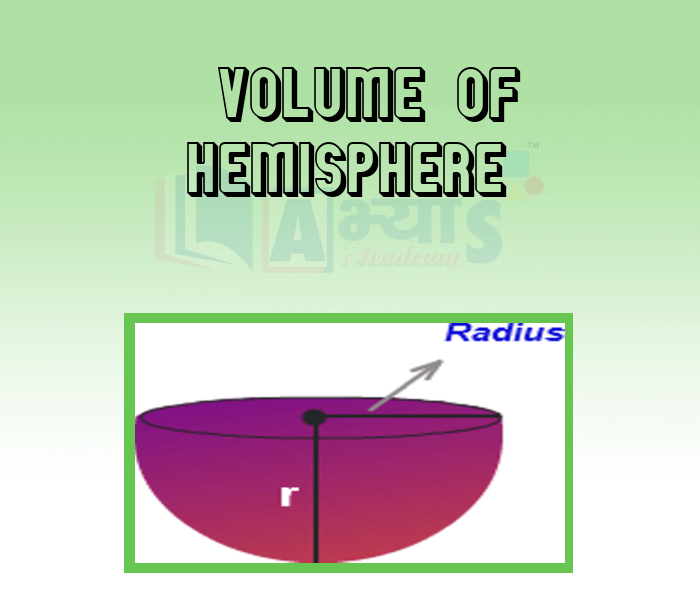
- Volume of Prism
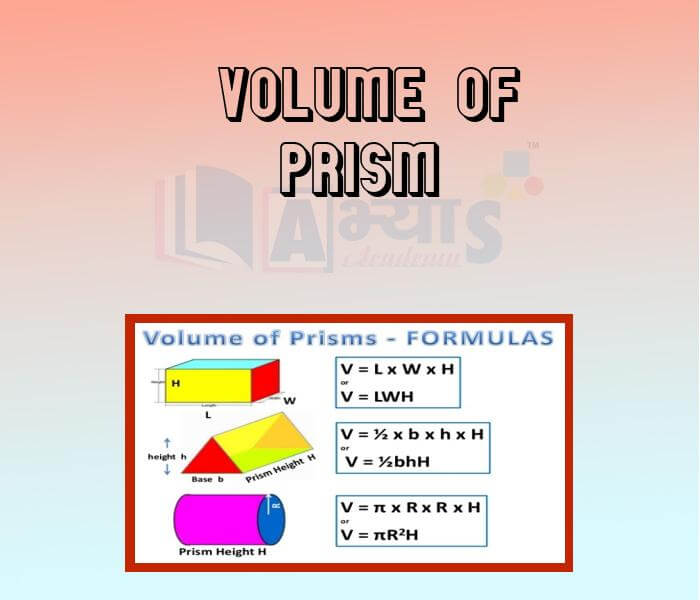
- Lateral Surface Area of Hollow Cylinder
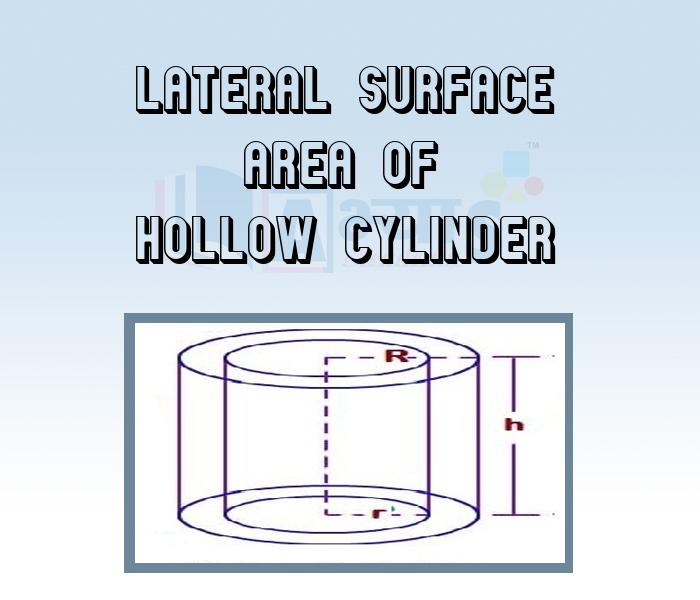
- Surface Area of Hollow Cylinder
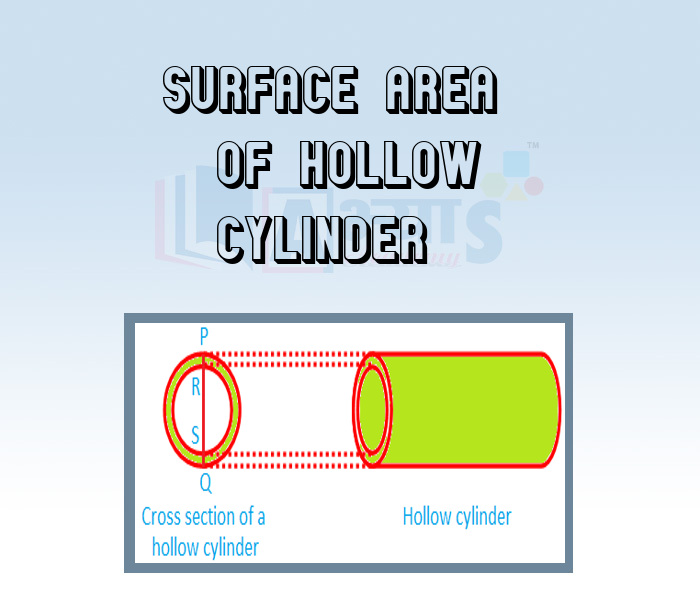
- Surface Area of Spherical Shell
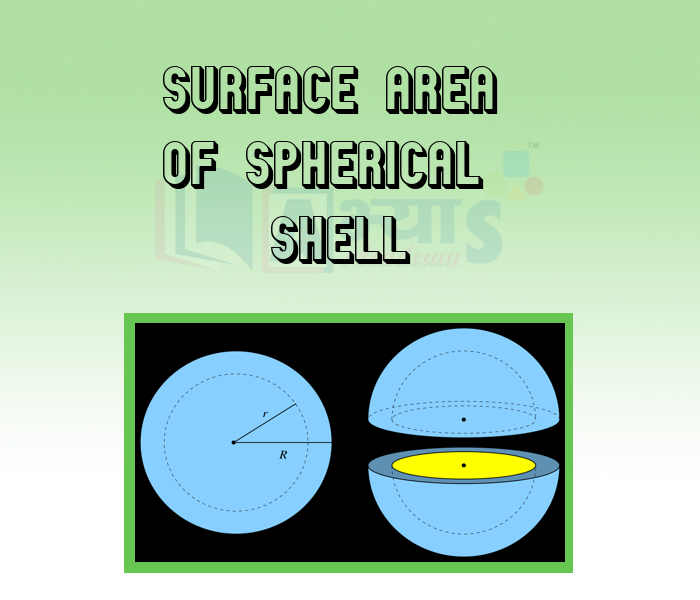
- Volume of Hollow Cylinder
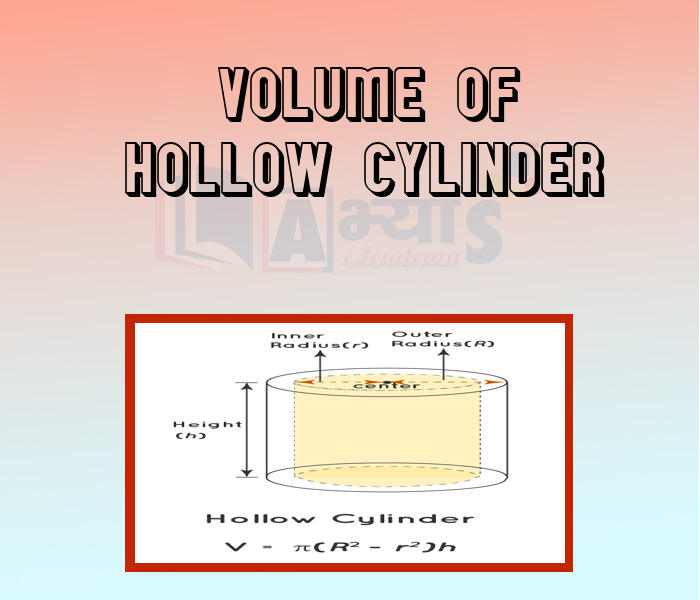
- Volume of Spherical shell
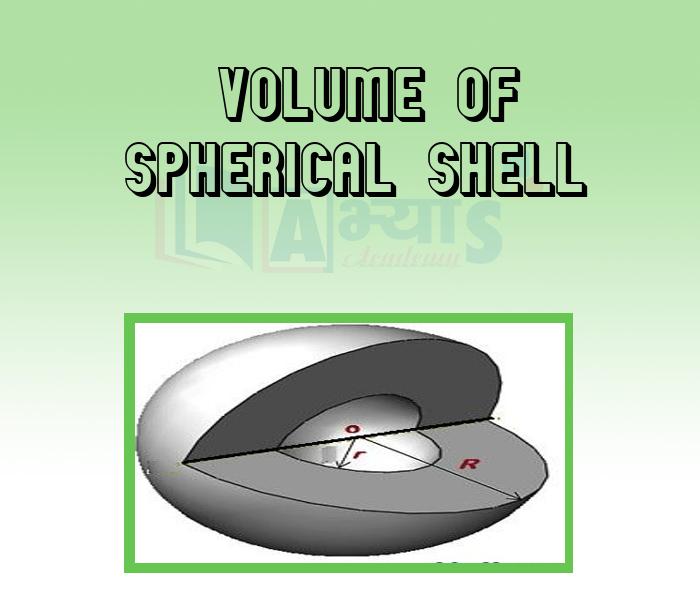
Explore Concepts (Click & View)
- Definition of Probability
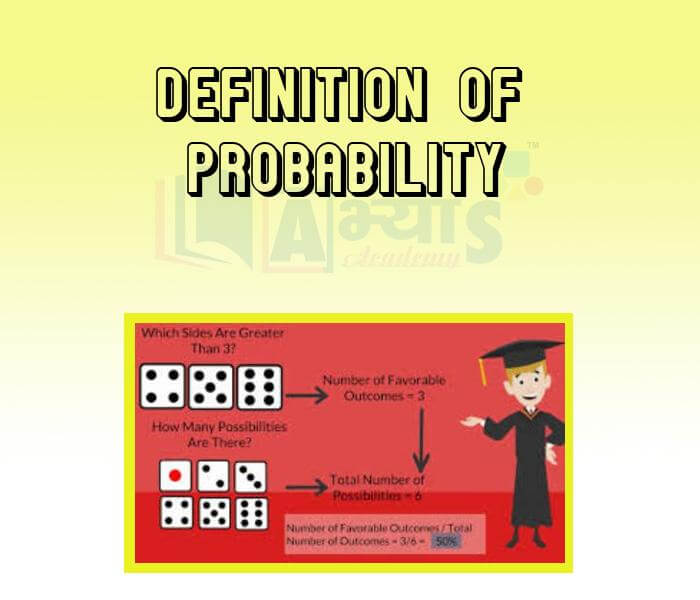
- Favourable and Unfavourable Outcomes
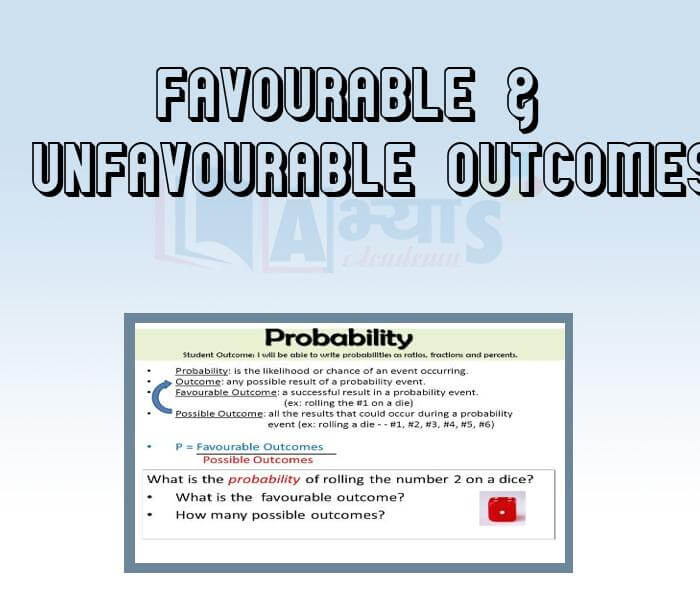
- Probability of An Event
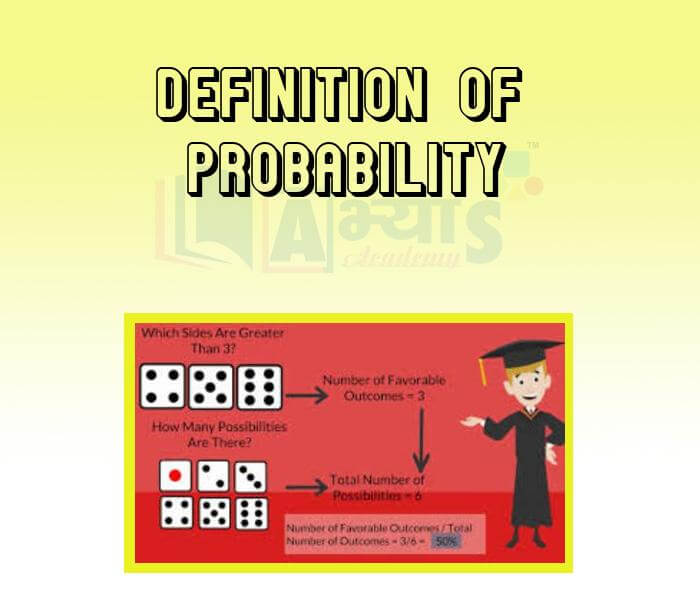
- Probability of Event not Happening
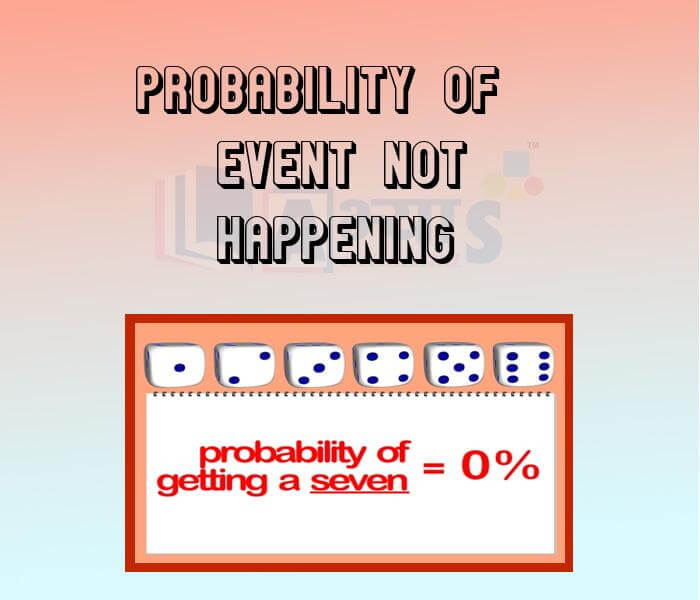
- Dice Probability
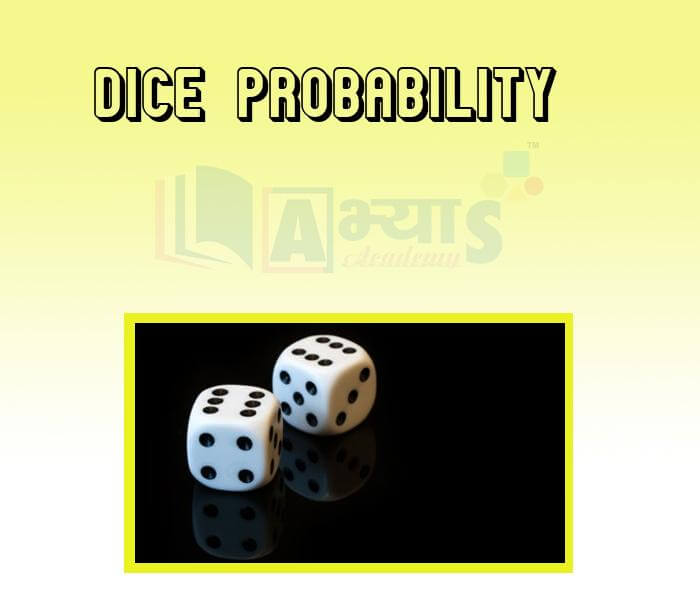
- Deck of Cards Probability

- Probability Involving Calender
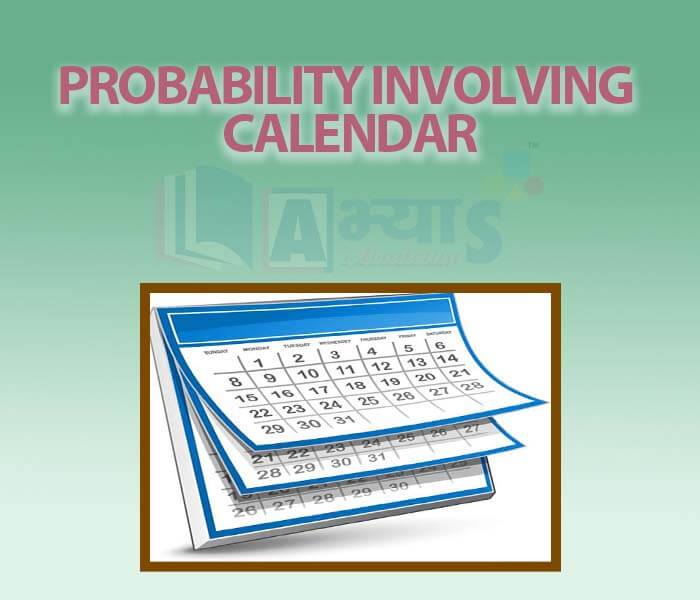
- Probability Coin Experiment
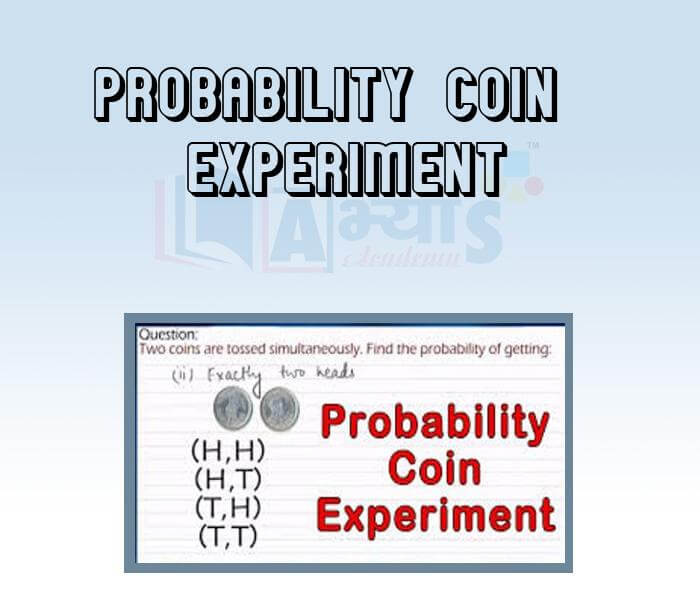
- Spinning of Wheel Probability

- At the Most Probability

- Atleast Probability
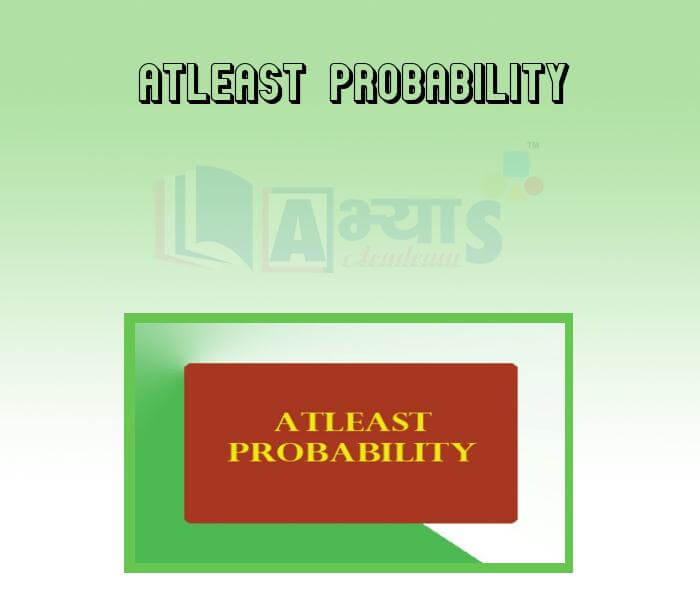
- Geomatrical Probability
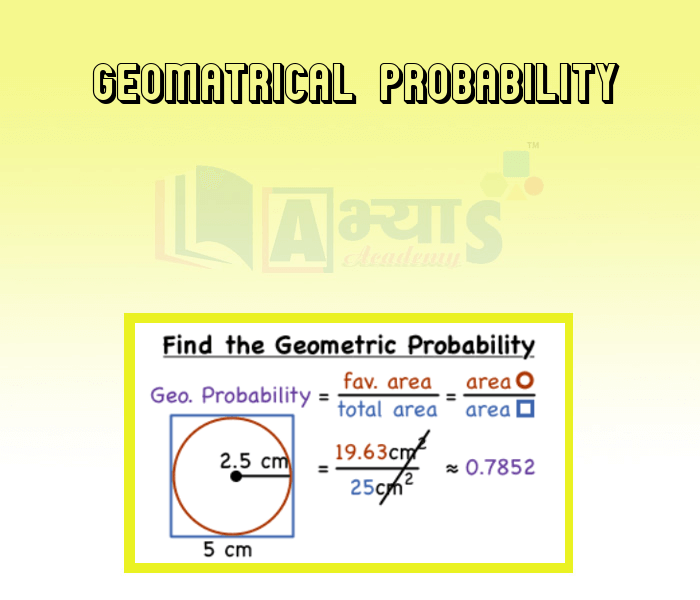
- And OR Conditions in Probability
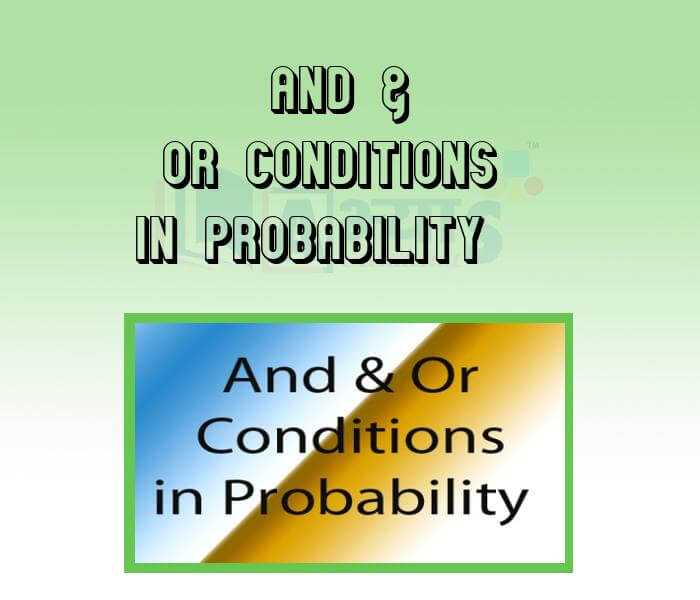
- Compound Probability
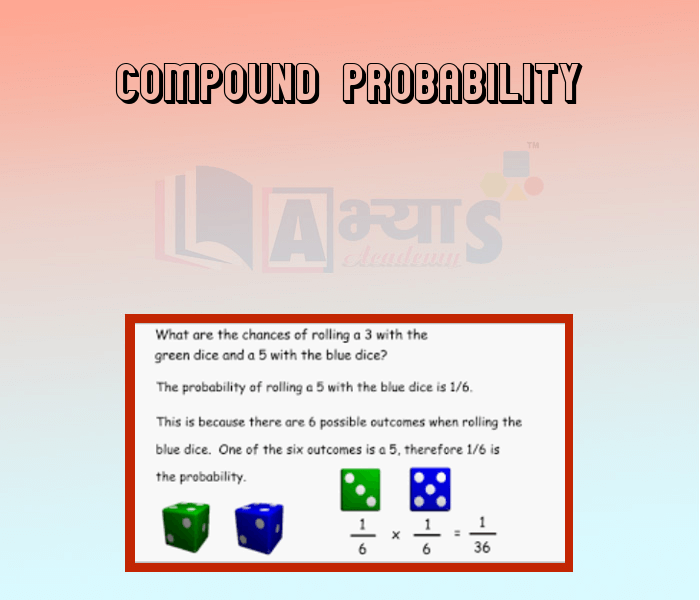
- Combination of Events

- Repetitive Experiment

- Conditional Probability

Explore Concepts (Click & View)
- Statistics

- Statistical Data

- Data and its Interpretation
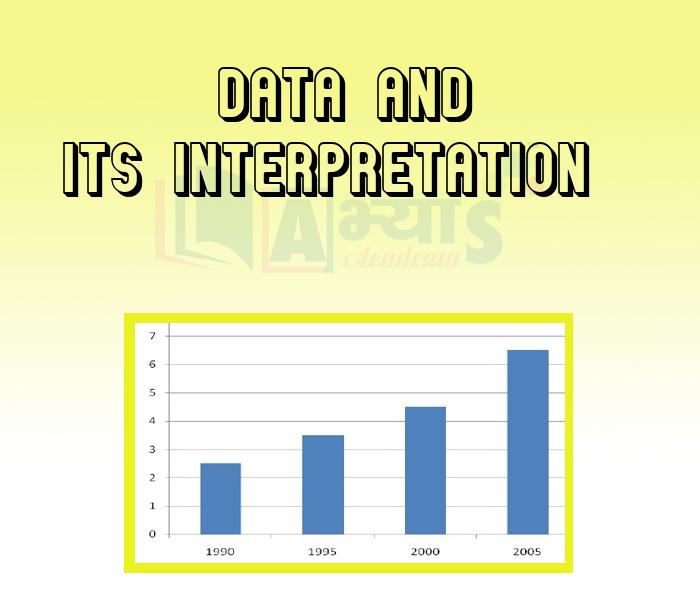
- Range of Data
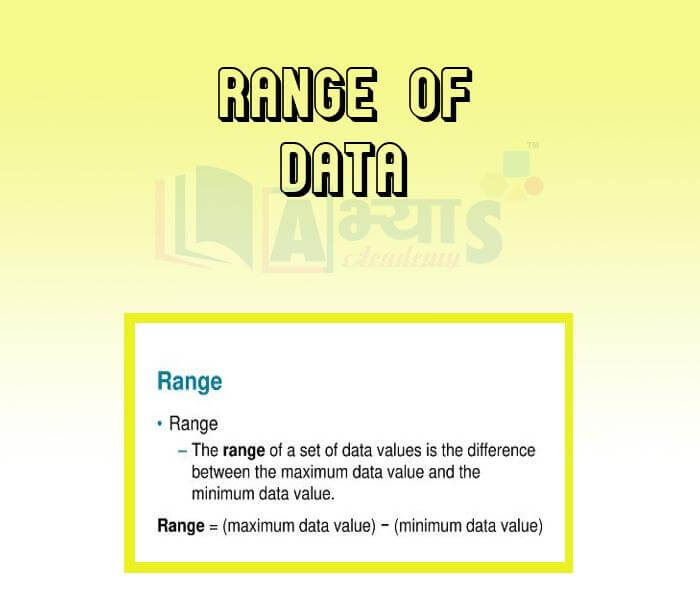
- Frequency Distribution
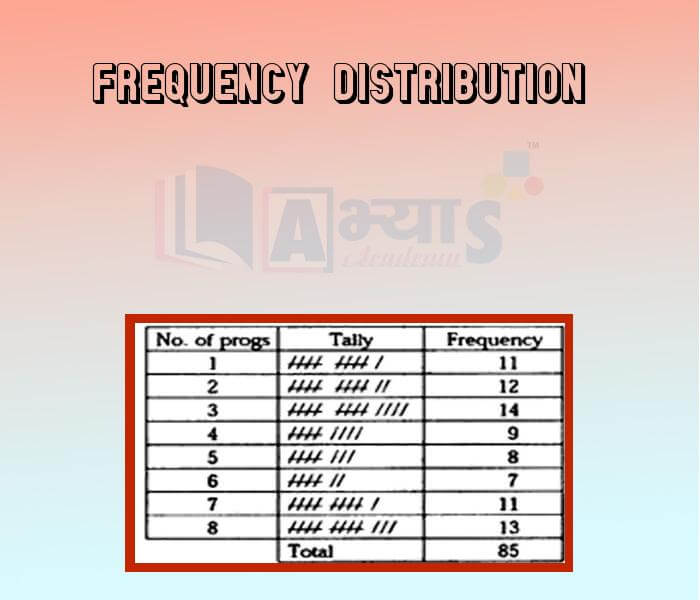
- Mean of Ungrouped Data
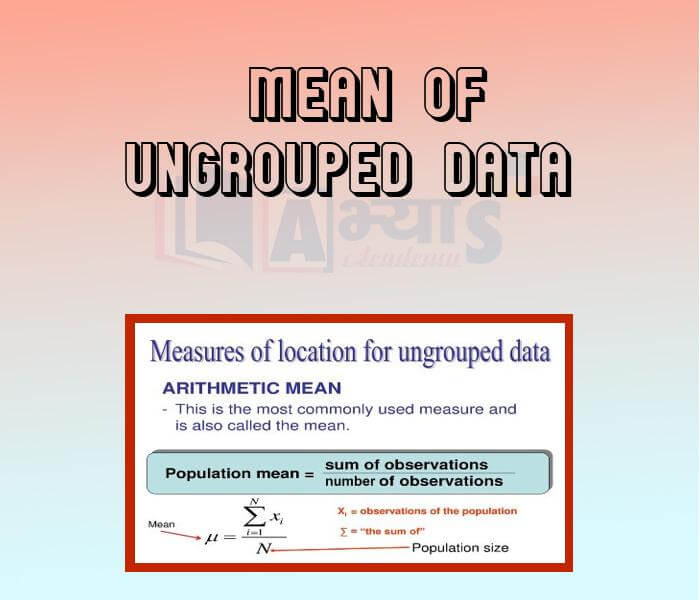
- Median of Ungrouped Data
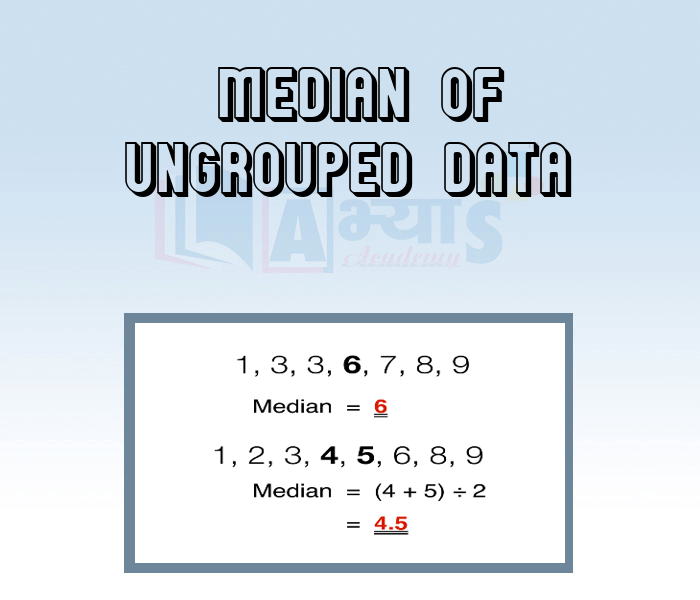
- Mode of Ungrouped Data
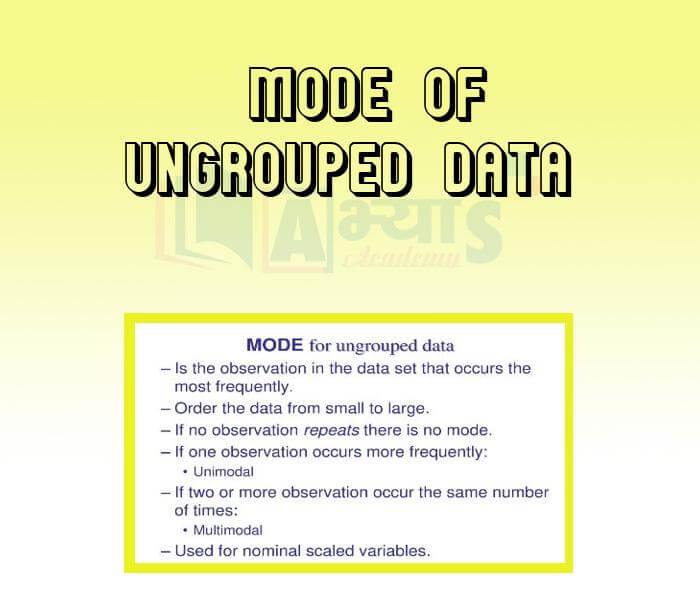
- Class Size
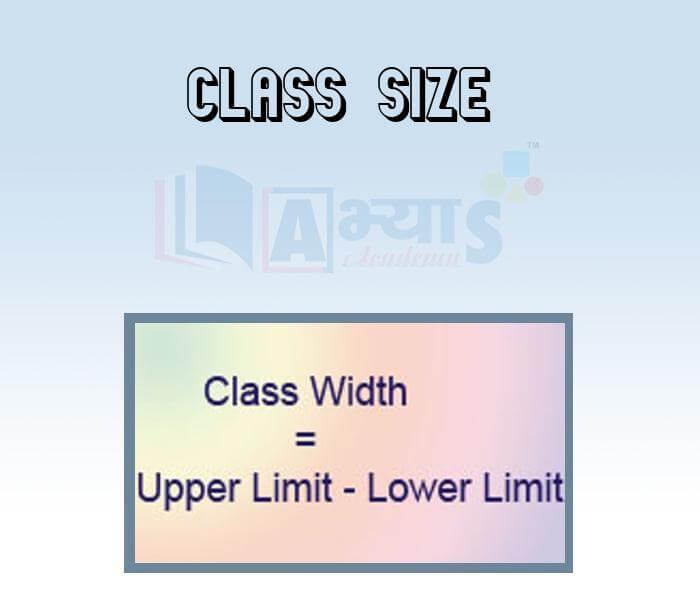
- Class Mark

- Mean of Grouped Data
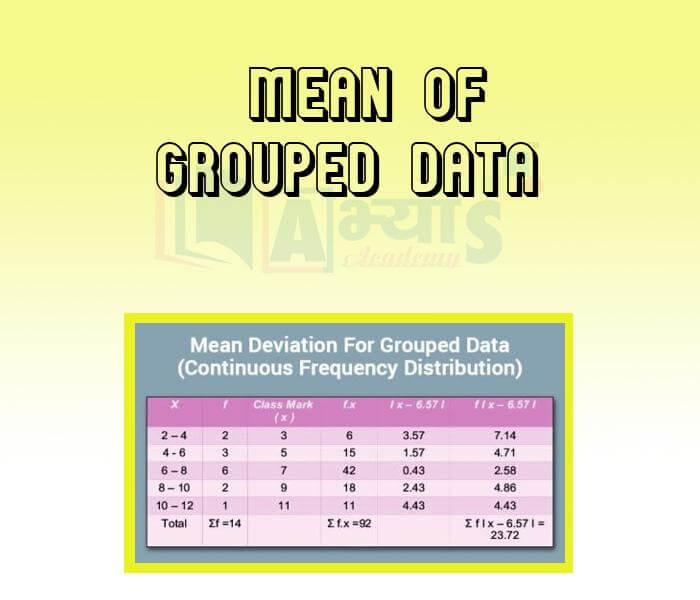
- Median of Grouped Data

- Mode of Grouped Data

- Empirical Formula for Mean Median and Mode
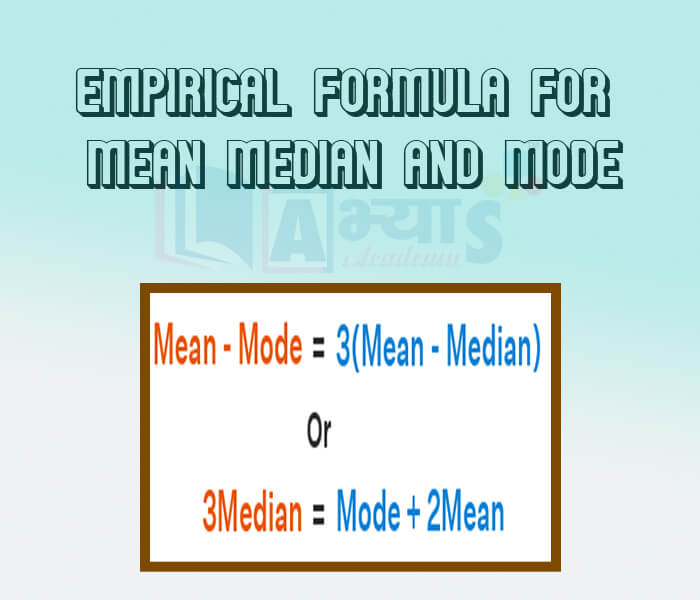
Explore Concepts (Click & View)
- Meaning of Arithmetic Progression
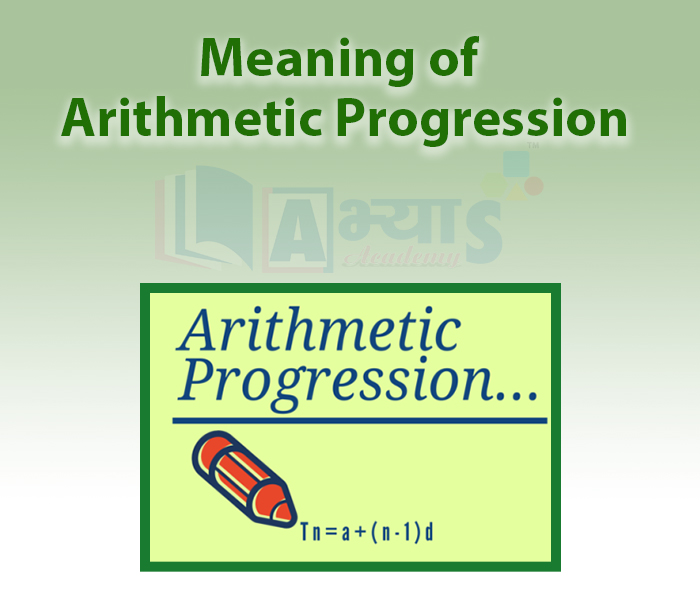
- General Term Of an AP
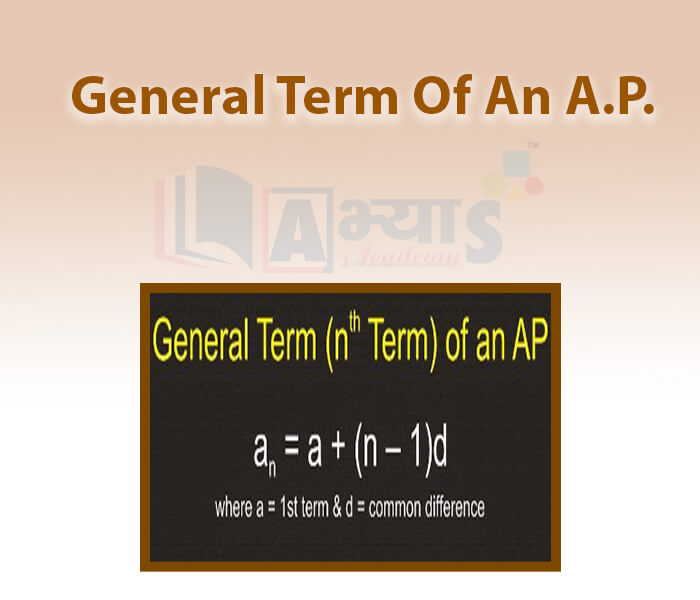
- Nth Term of AP

- Sum of First n Terms of AP
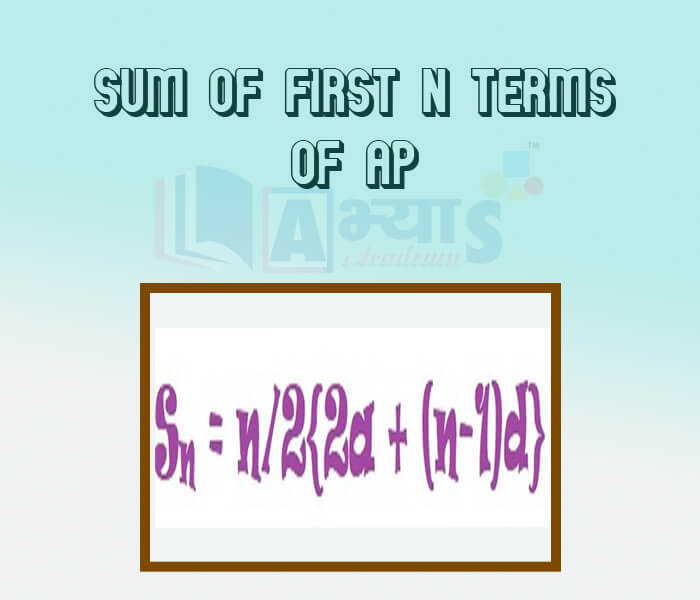
- Series of Natural Numbers
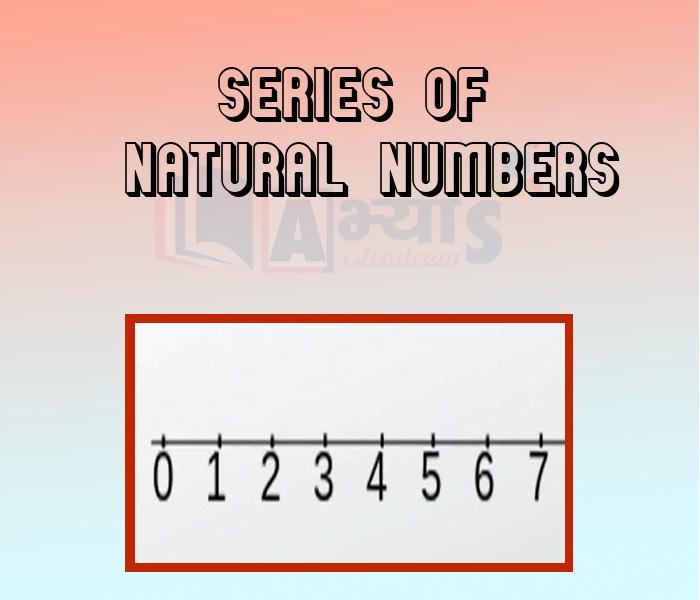
Explore Concepts (Click & View)
- Natural Number Whole number and Negative Integers

- Rational and Irrational Numbers
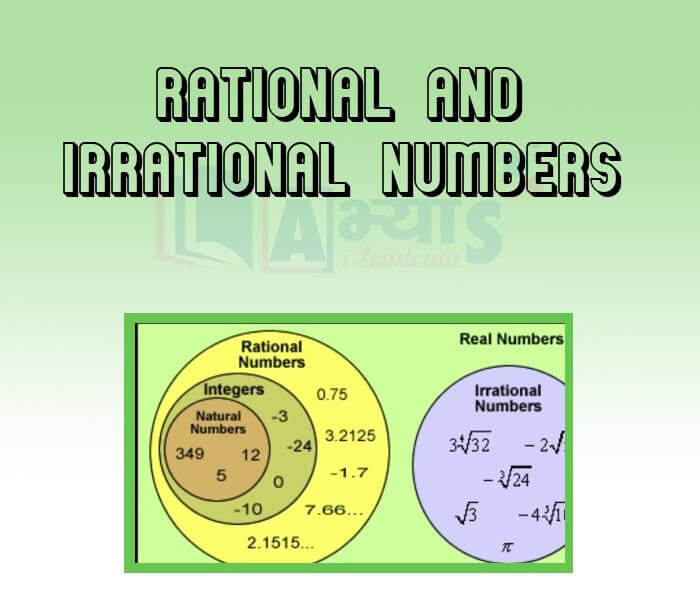
- Rationalization

Explore Concepts (Click & View)
- BODMAS Simplification Without Brackets
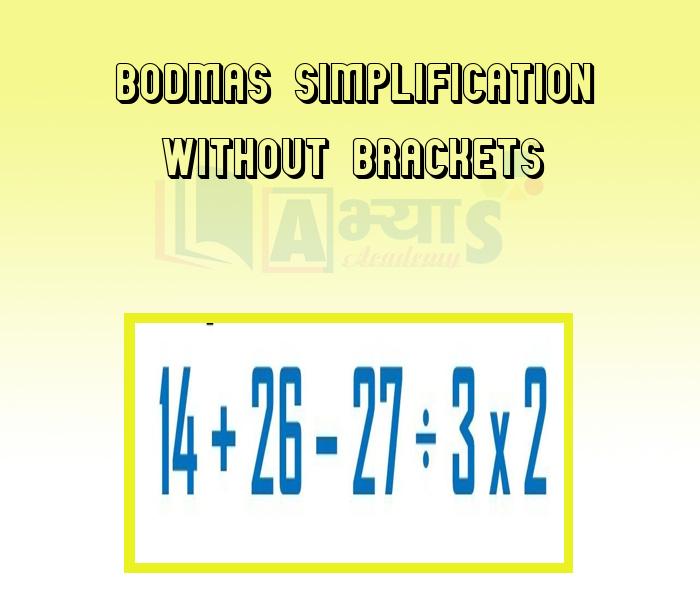
- BODMAS Simplification With Simple Brackets

- BODMAS Simplification With Complex Brackets

Explore Concepts (Click & View)
- Identifying Hypotenuses In A Right Triangle
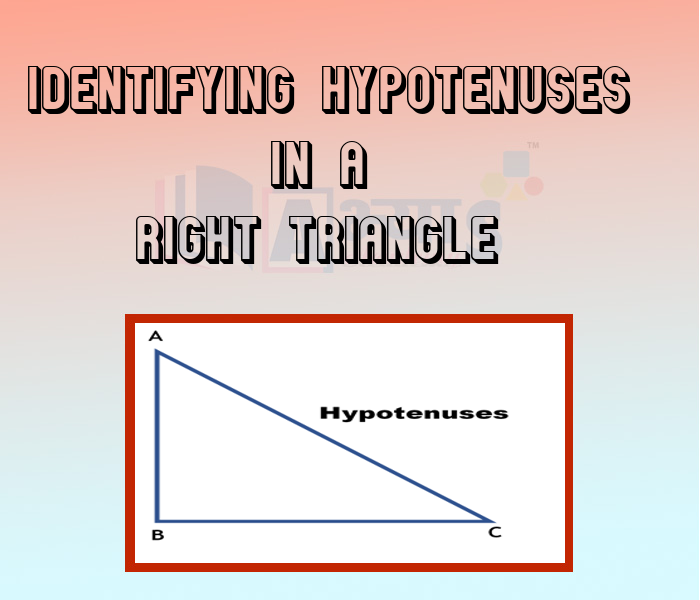
- Identifying Adjacent Side To An Angle
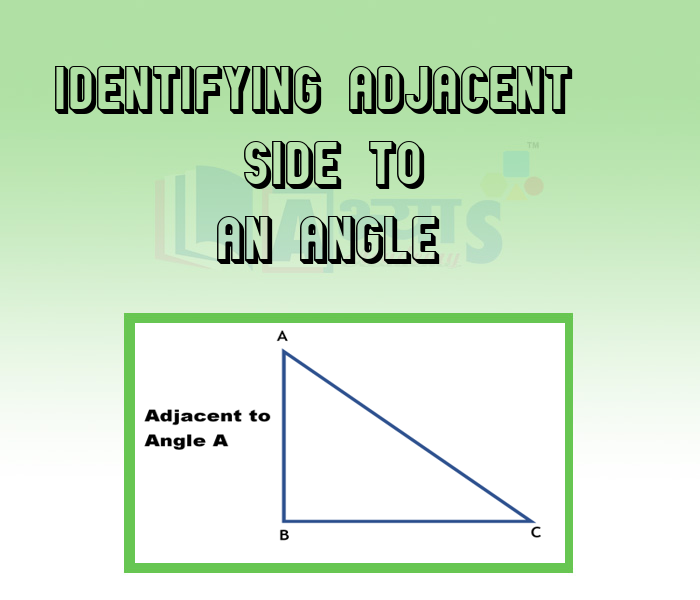
- Identifying Opposite Side To An Angle
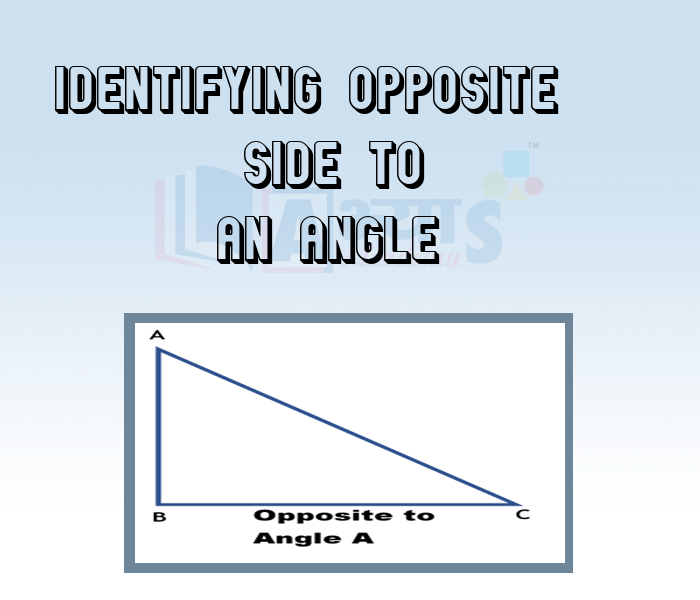
- Trigonometric Ratios
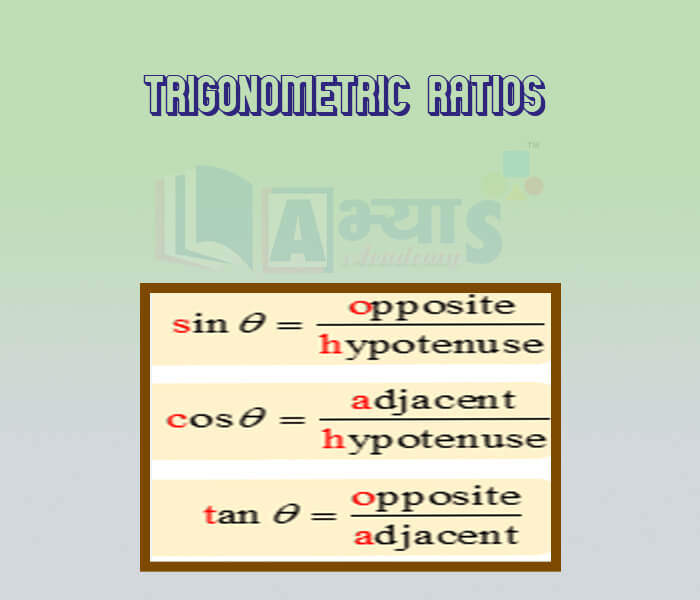
- Reciprocal Trigonometric Ratios

- Trigonometric ratios for 30 degrees
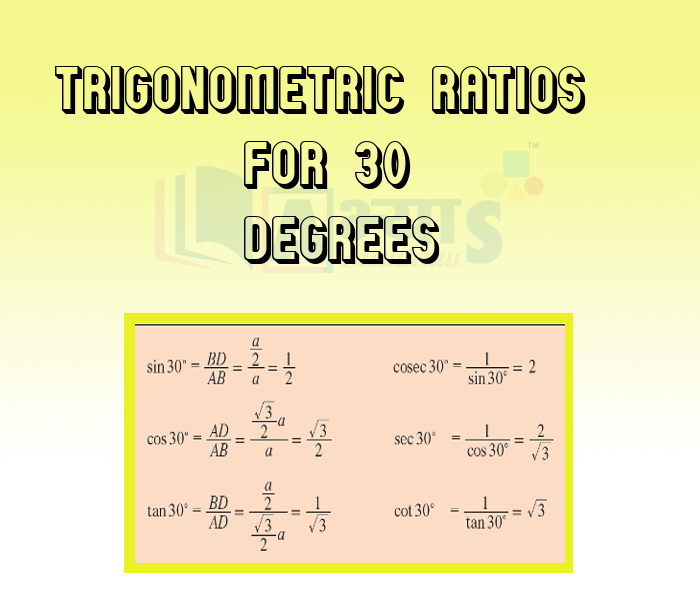
- Trigonometric ratios for 45 degrees

- Trigonometric ratios for 60 degrees
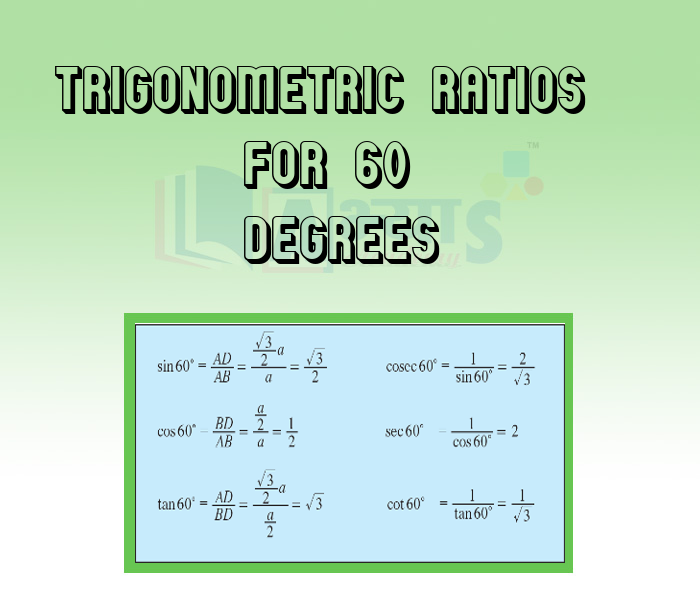
- Trigonometric ratios for 90 degrees
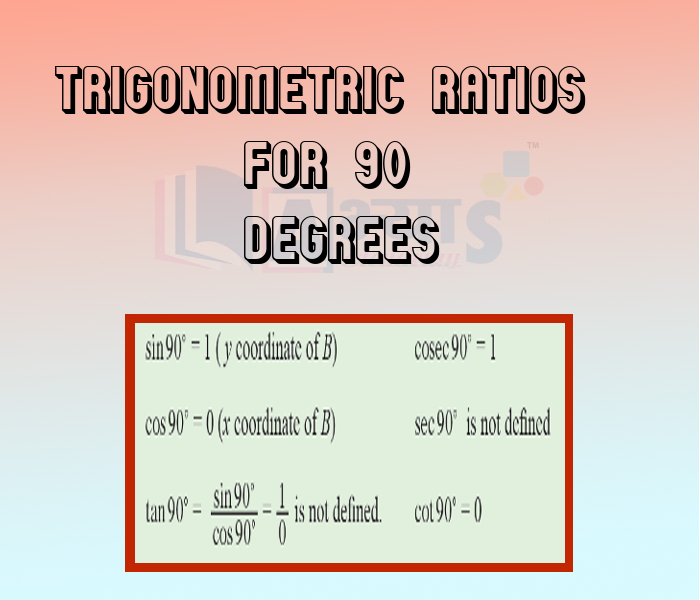
- Simplifying Trigonometric Expressions
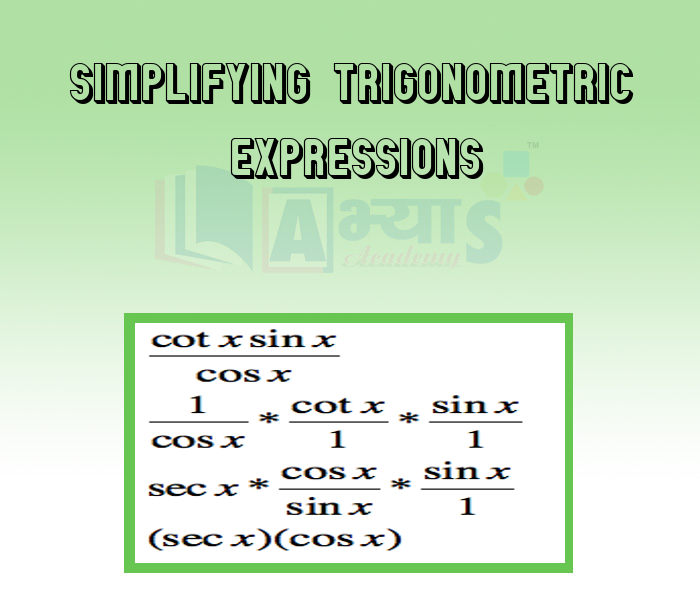
Explore Concepts (Click & View)
- Trigonometric ratios of Complementary Angles
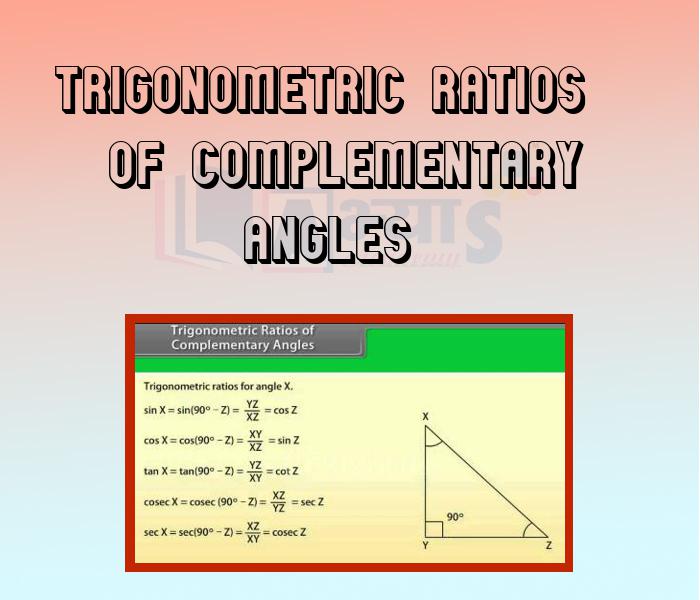
- Trigonometric Identity Involving Sine And Cosine
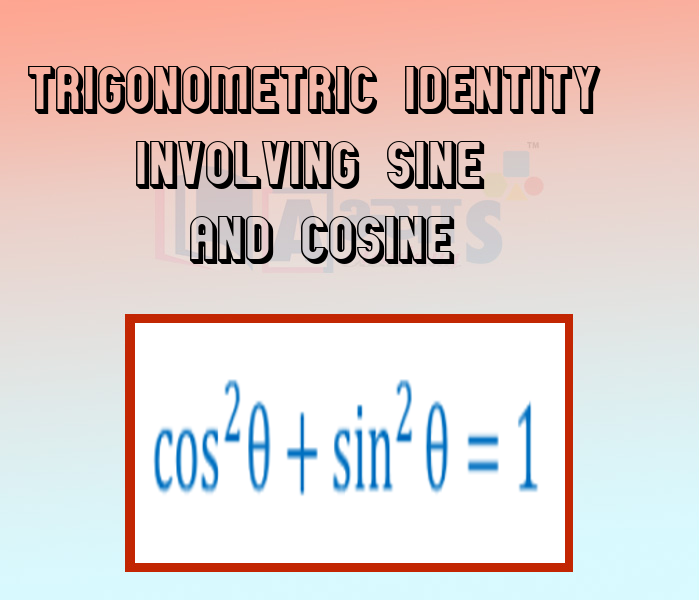
- Trigonometric Identity Involving Secant And Tangent

- Trigonometric Identity Involving Cosecant And Cotangent

- Trigonometric Identities
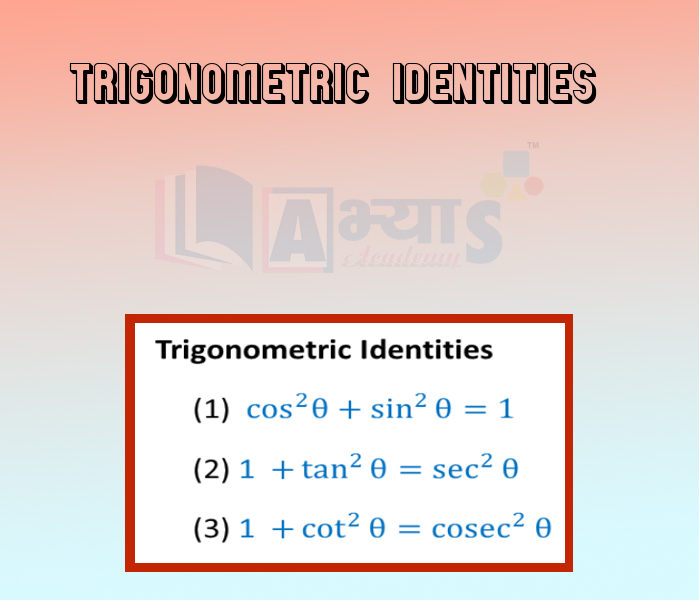
Explore Concepts (Click & View)
- Similar Figures
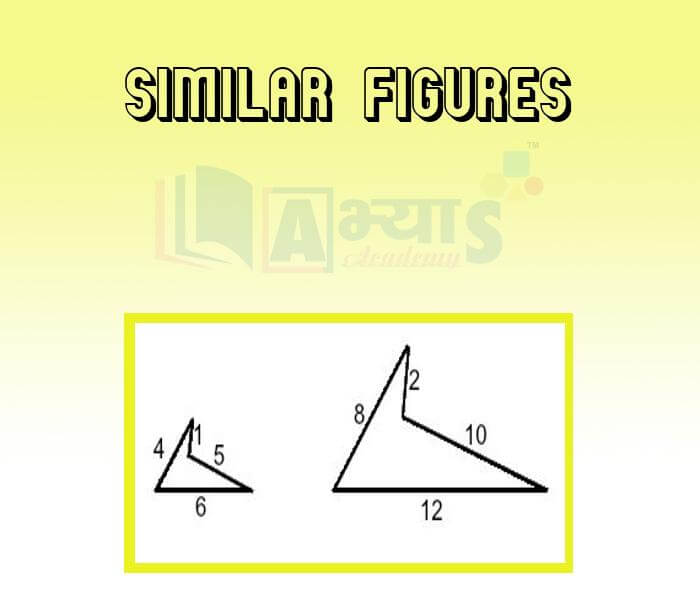
- Similarity of Triangles

- Basic Proportionality Theorem and its Converse

- Similarity of Triangles by AAA Criteria
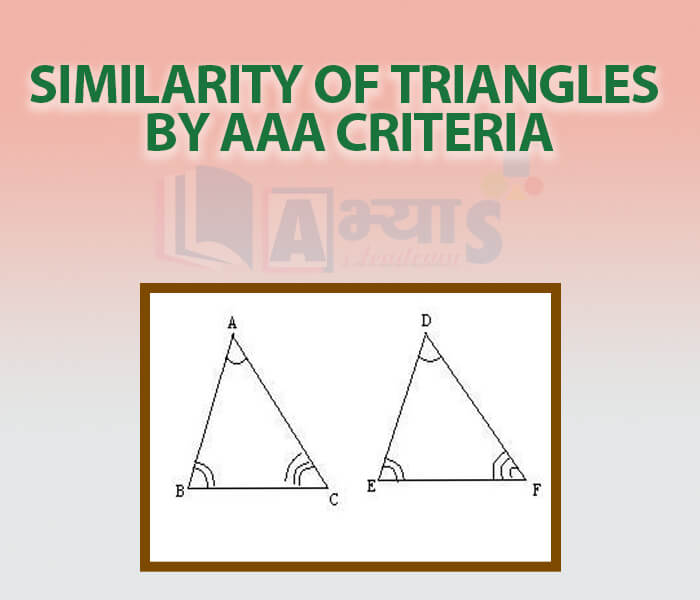
- Similarity of Triangles by AA Criteria
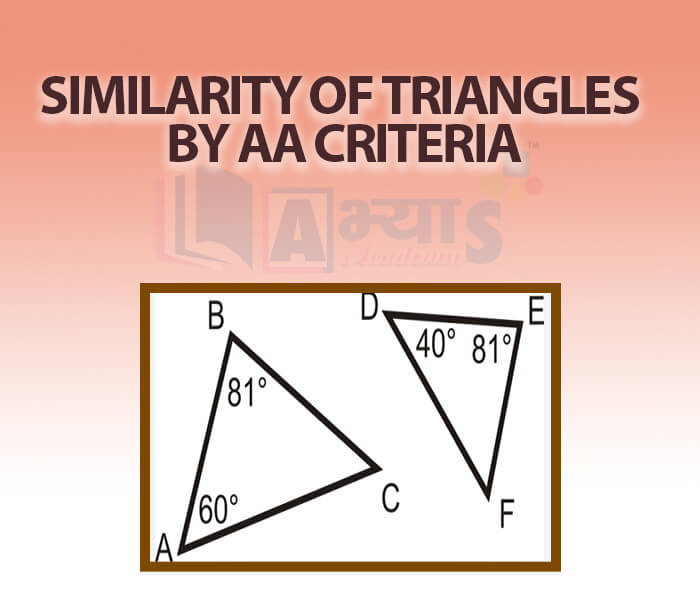
- Similarity of Triangles by SSS Criteria
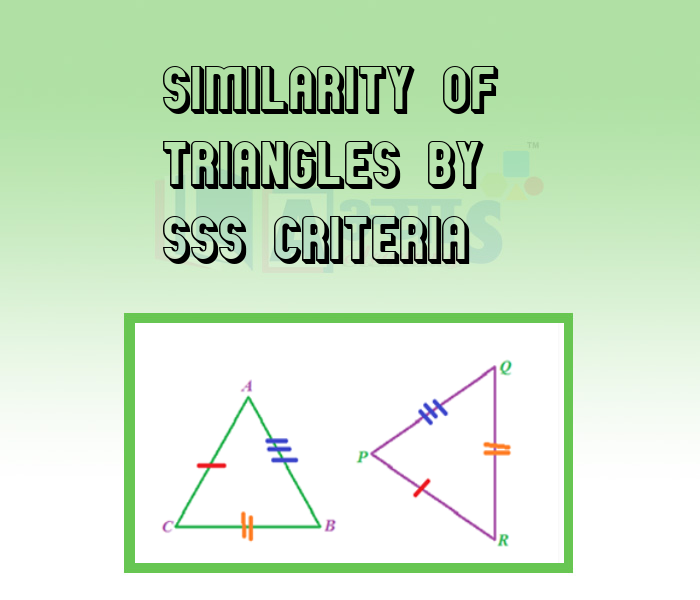
- Similarity of Triangles by SAS Criteria
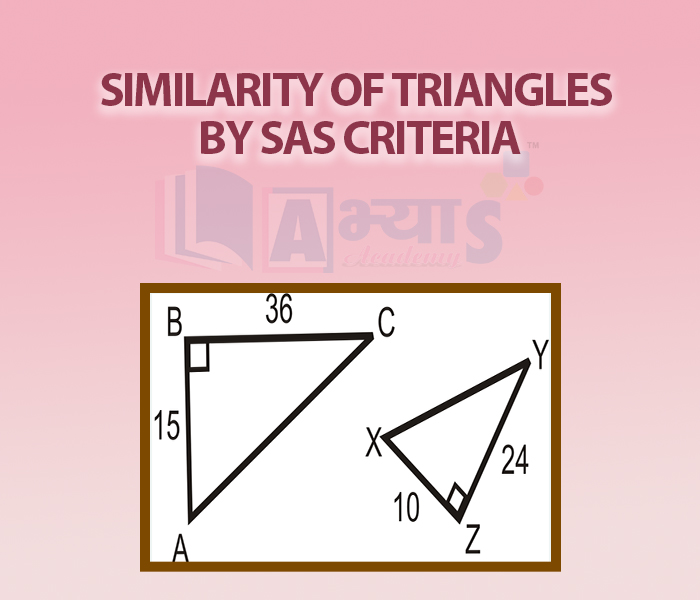
Explore Concepts (Click & View)
- Calculating Perimeter of Triangle
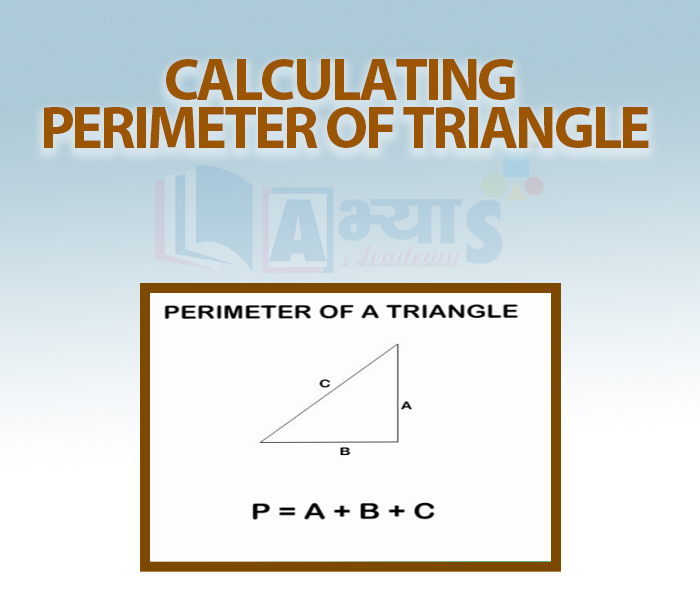
- Area of Similar Triangles

- Similarity Related To Right Triangle

- Pythagoras Theorem
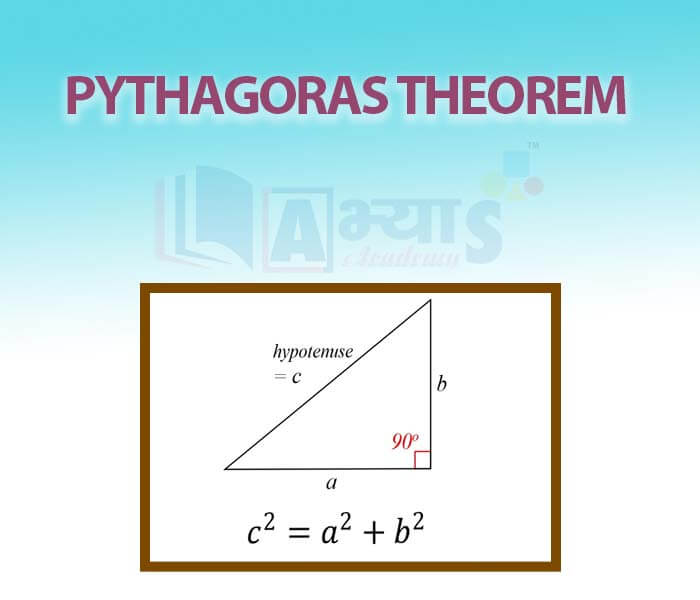
- Results Deduced From Pythagoras Theorem
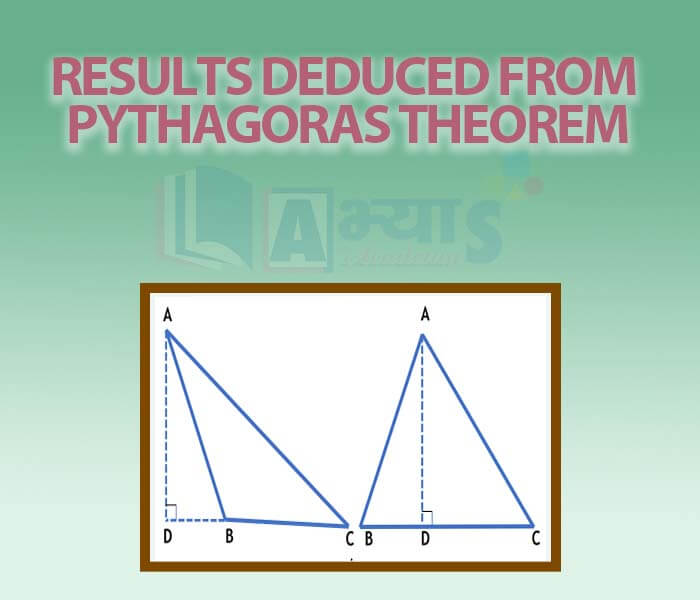
Explore Concepts (Click & View)
- Line of Sight Or Horizontal Level
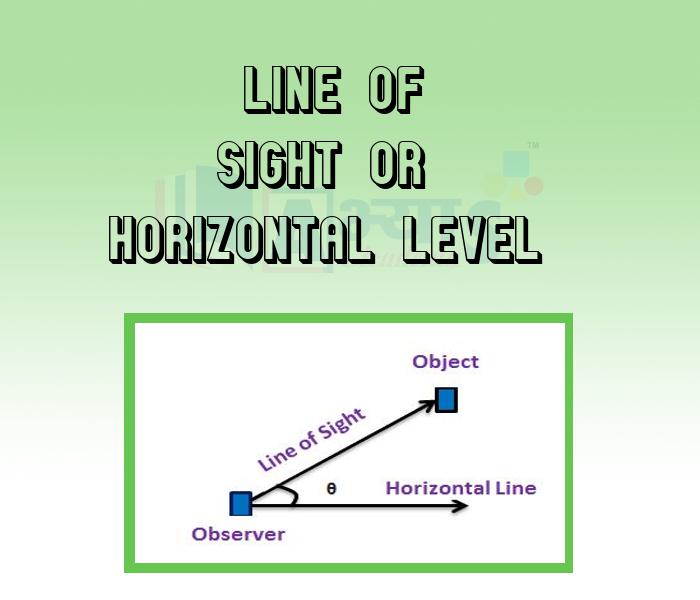
- Angle Of Elevation
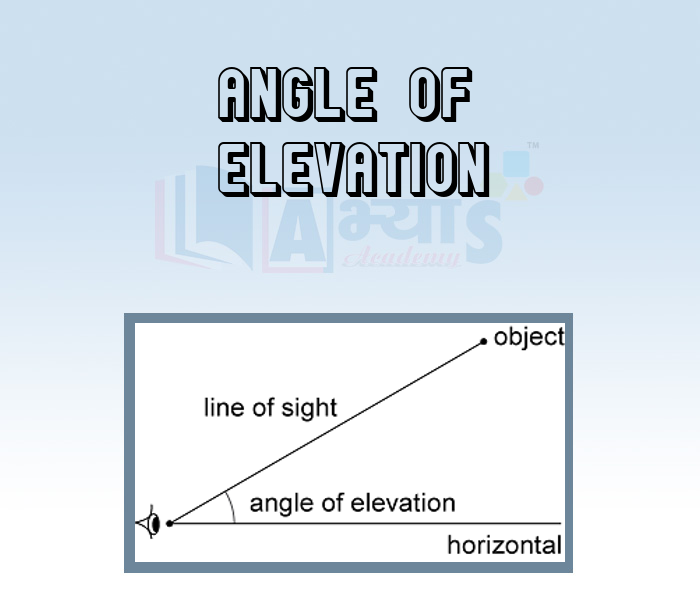
- Angle Of Depression

- Double Triangle
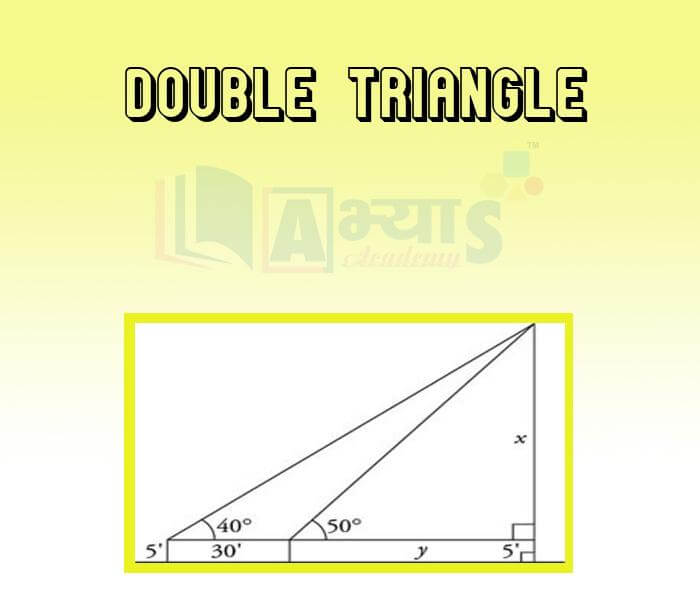
- Relation Between Altitude Base and Hypotenuse

Explore Concepts (Click & View)
- Distance Formula
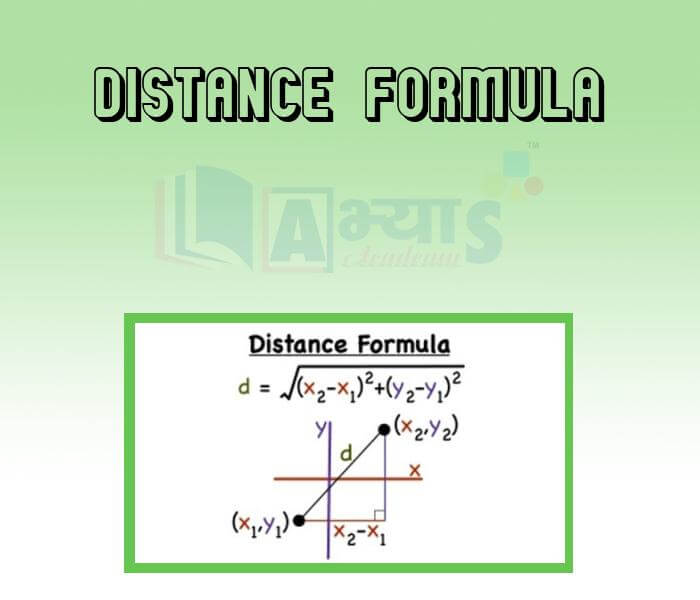
- Section Formula
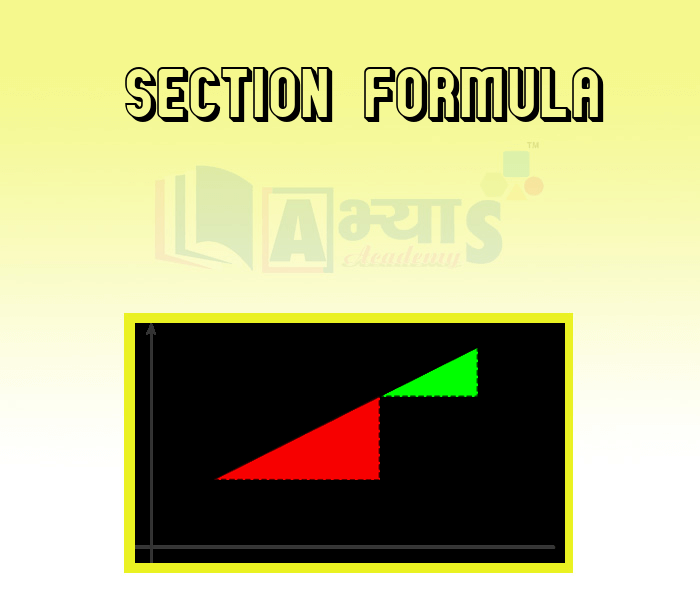
- Mid Point Formula
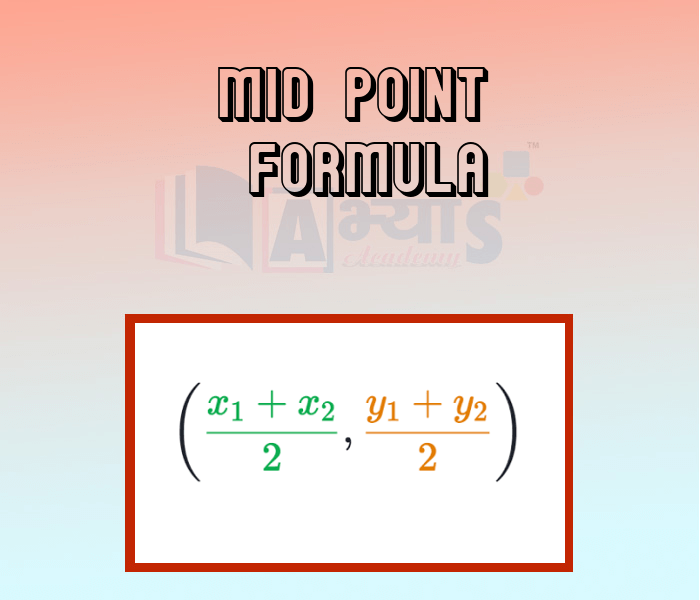
- Trisection Points of Line
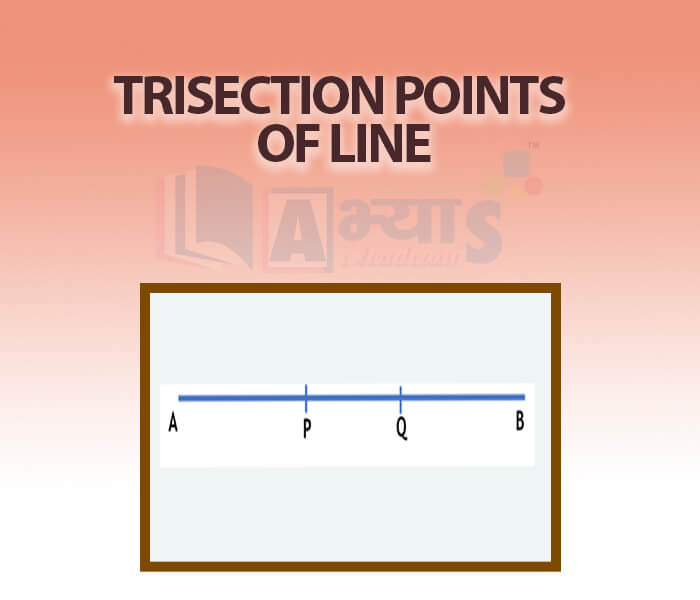
- Area of Triangle Using Coordinate
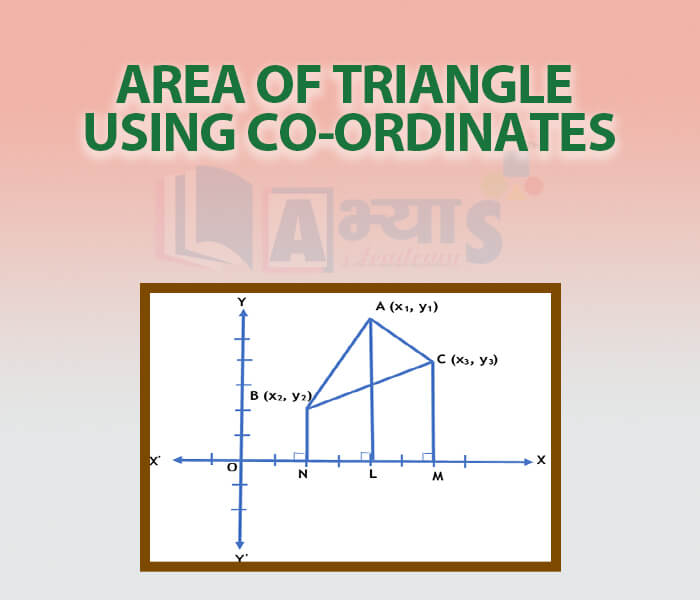
- Identification of Collinear Points
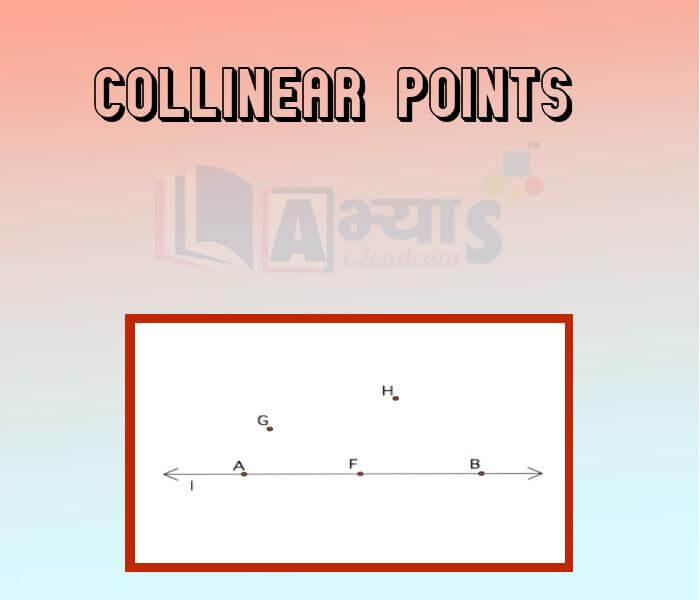
- Cartesian Plane

- Location of Coordinates in a Plane
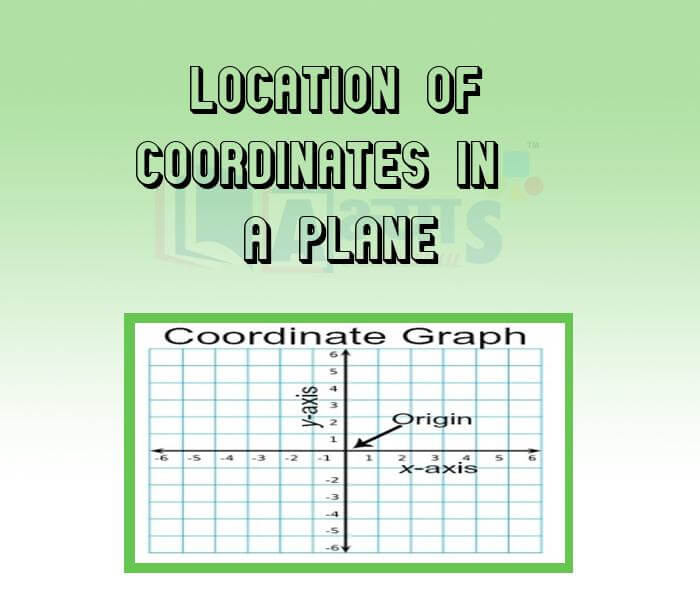
- Points lying on X-axis and Y-axis
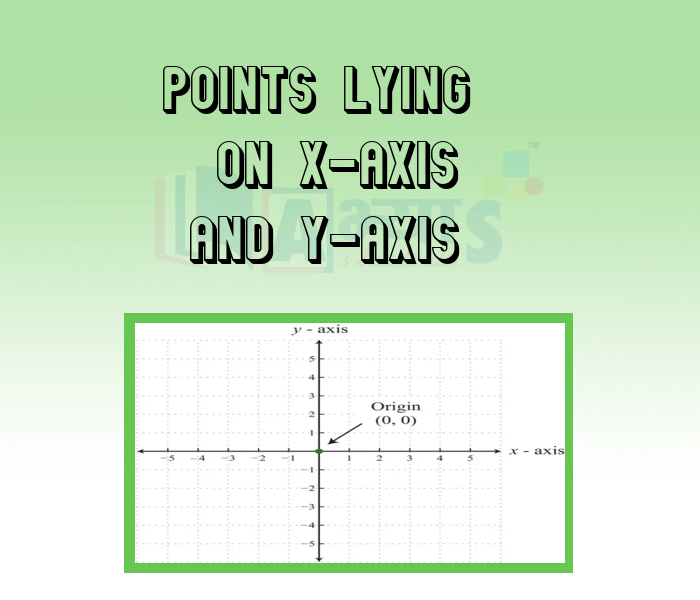
- Quadrants in the Cartesian Plane
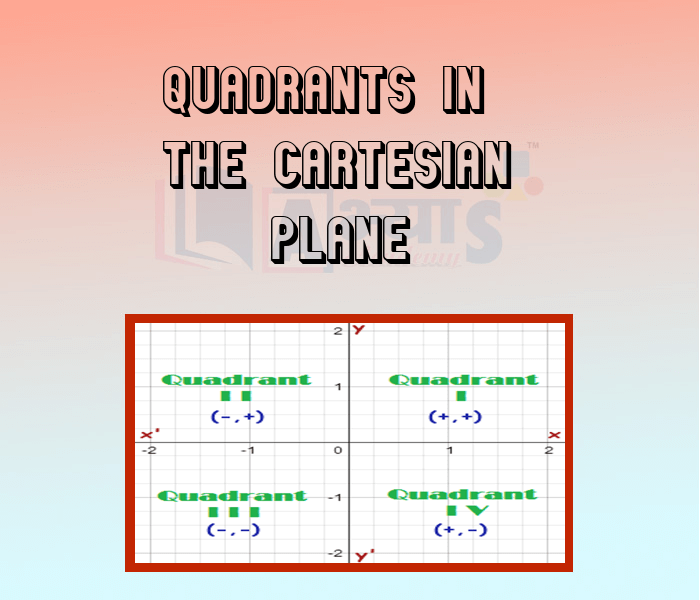
Students / Parents Reviews [10]
It was a good experience with Abhyas Academy. I even faced problems in starting but slowly and steadily overcomed. Especially reasoning classes helped me a lot.

Cheshta
10thAbhyas is a complete education Institute. Here extreme care is taken by teacher with the help of regular exam. Extra classes also conducted by the institute, if the student is weak.

Om Umang
10thAbhyas Methodology is very good. It is based on according to student and each child manages accordingly to its properly. Methodology has improved the abilities of students to shine them in future.

Manish Kumar
10thMy experience with Abhyas academy is very good. I did not think that my every subject coming here will be so strong. The main thing is that the online tests had made me learn here more things.

Hiya Gupta
8thMy experience with Abhyas is very good. I have learnt many things here like vedic maths and reasoning also. Teachers here first take our doubts and then there are assignments to verify our weak points.

Shivam Rana
7thAbout Abhyas metholodology the teachers are very nice and hardworking toward students.The Centre Head Mrs Anu Sethi is also a brilliant teacher.Abhyas has taught me how to overcome problems and has always taken my doubts and suppoeted me.

Shreya Shrivastava
8thMy experience was very good with Abhyas academy. I am studying here from 6th class and I am satisfied by its results in my life. I improved a lot here ahead of school syllabus.

Ayan Ghosh
8thIt has a great methodology. Students here can get analysis to their test quickly.We can learn easily through PPTs and the testing methods are good. We know that where we have to practice

Barkha Arora
10thIt was good as the experience because as we had come here we had been improved in a such envirnment created here.Extra is taught which is beneficial for future.

Eshan Arora
8thOne of the best institutes to develope a child interest in studies.Provides SST and English knowledge also unlike other institutes. Teachers are co operative and friendly online tests andPPT develope practical knowledge also.





